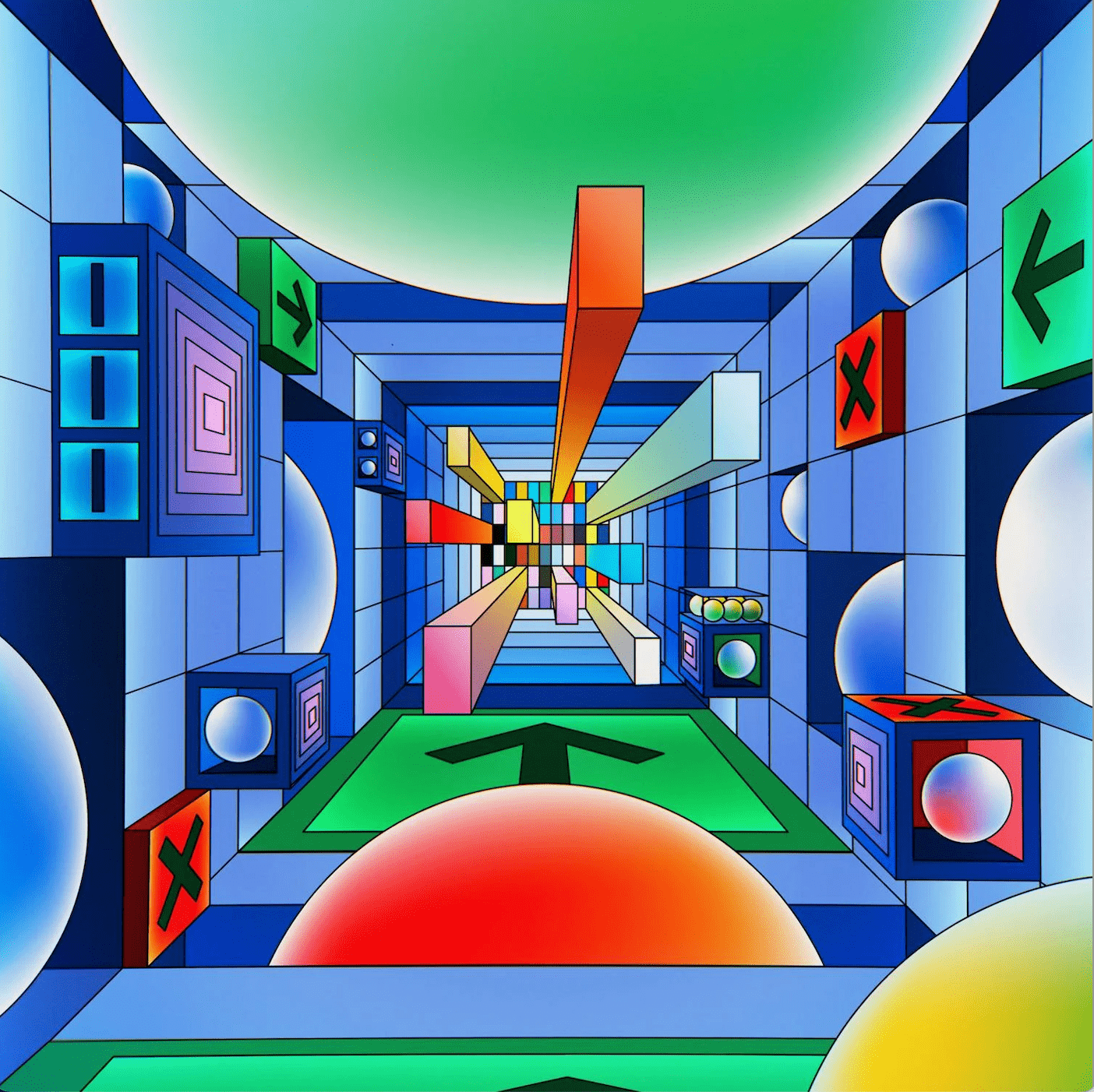
December 2024
We’re back with our Top 5 Tech picks! This month, the roundup includes a new player in the health-tech space that promises to replace ‘Googling’ symptoms, plus tools to support filmmakers with editing and the wider production process. Dive in to find out more…
Jumper
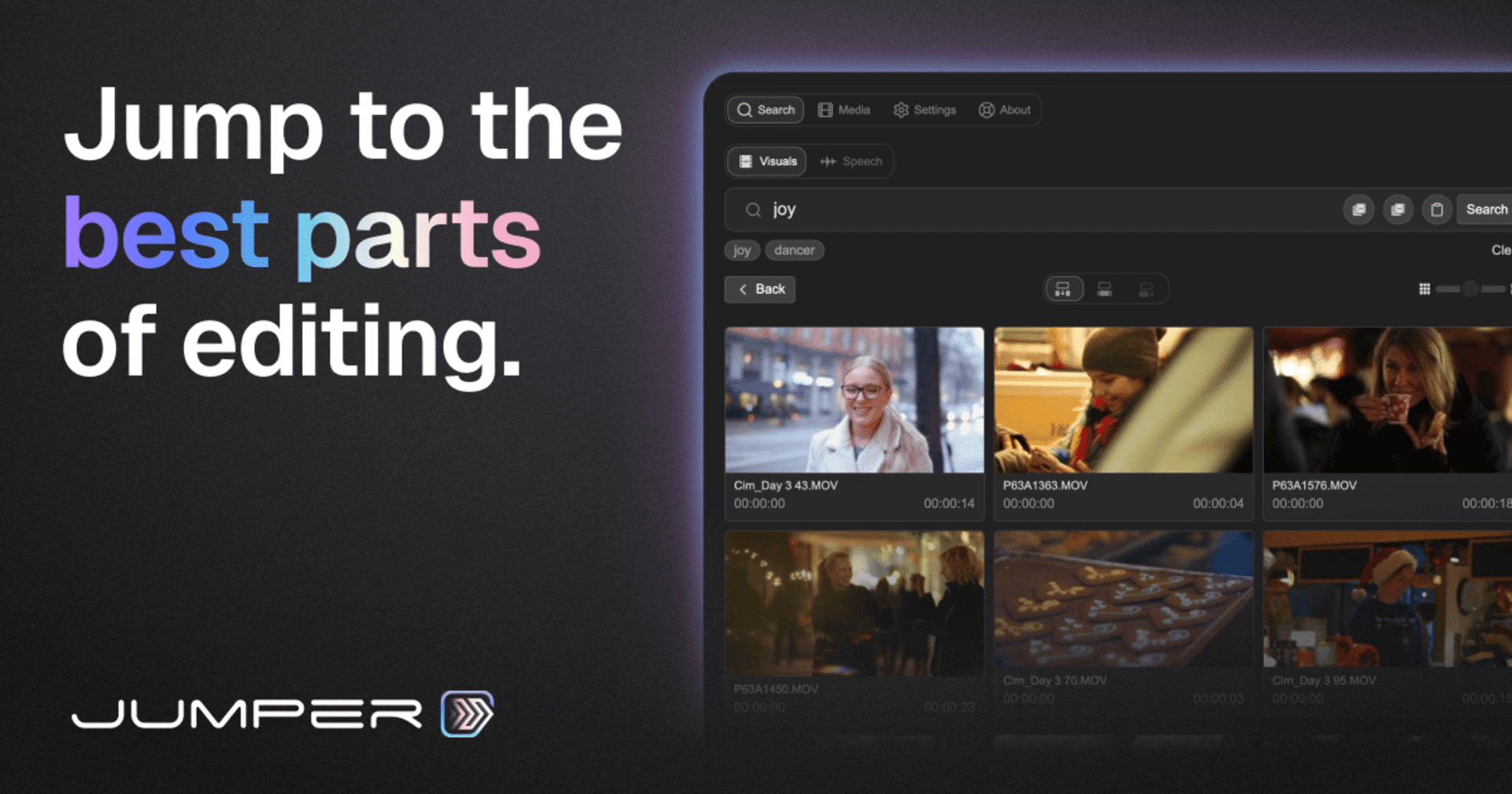
AI-driven search engine Jumper enables creators to sort through all of their footage for creative projects easily and in the blink of an eye. This software is an extension compatible with editing tools like Final Cut Pro and Premier Pro, running locally on a device to remove the lag that can comes with cloud-based storage or uploads and downloads.
This means that all footage is secure and can be accessed offline. With Jumper, AI technology can sort through audio files to locate words or phrases being searched for, eliminating the need to sift through hours of interviews or videos. By removing the bulk of the tedious time involved, Jumper promises to be a godsend for the video editing process.
Flawless
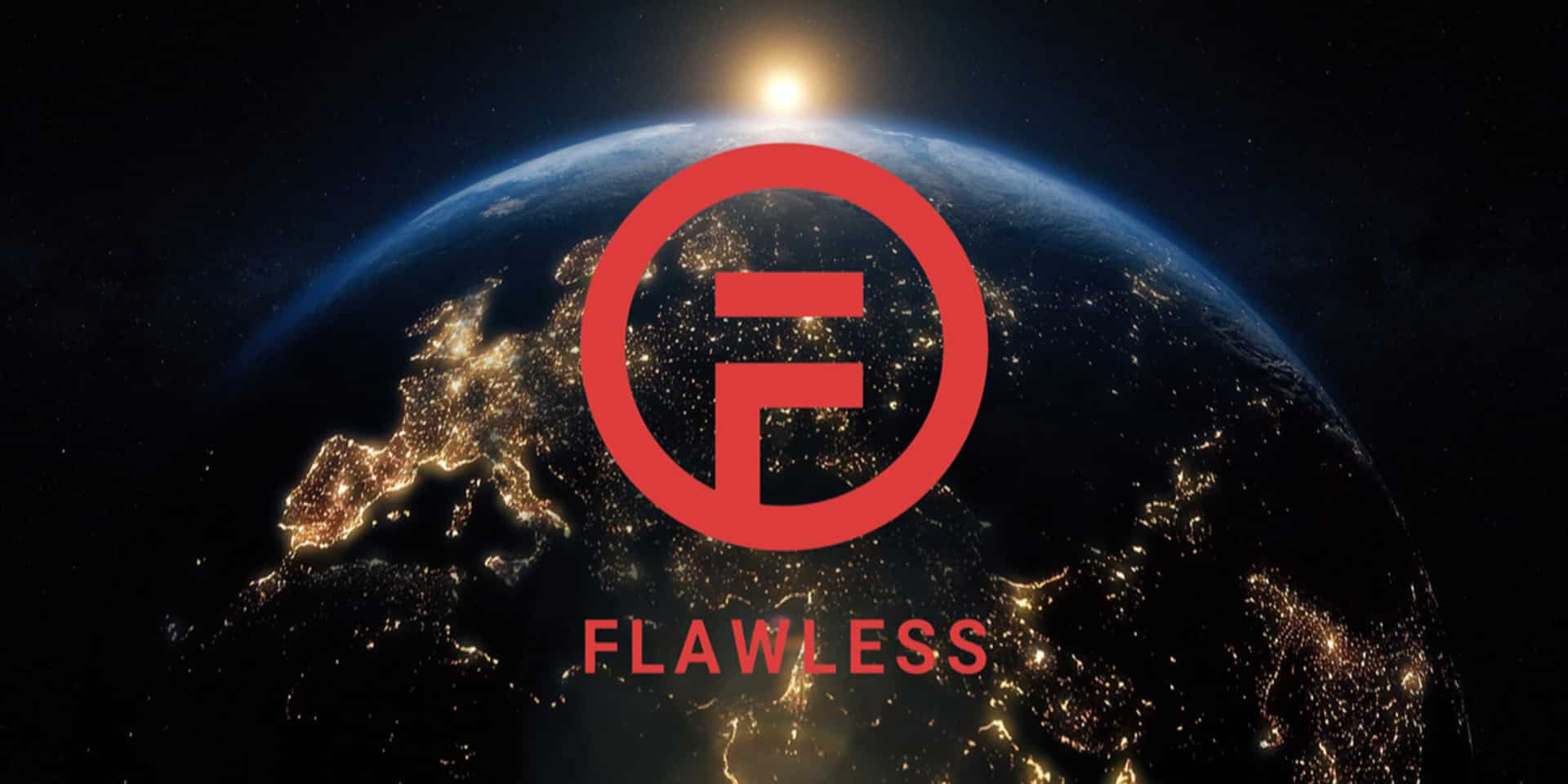
Flawless offers two unique tools that aim to transform the filmmaking process. Its AI-enabled visual dubbing technology TrueSync matches actors’ lip movements with localised voice tracks, without altering the original shot or storyline.
With its editing tool DeepEditor, the goal is to make filmmaking more flexible, saving costs and eliminating the need for reshoots. Flawless also claims to ensure compliance with emerging AI bills and ethical standards through the use of its tool.
HoloBuilder/FARO Sphere FG
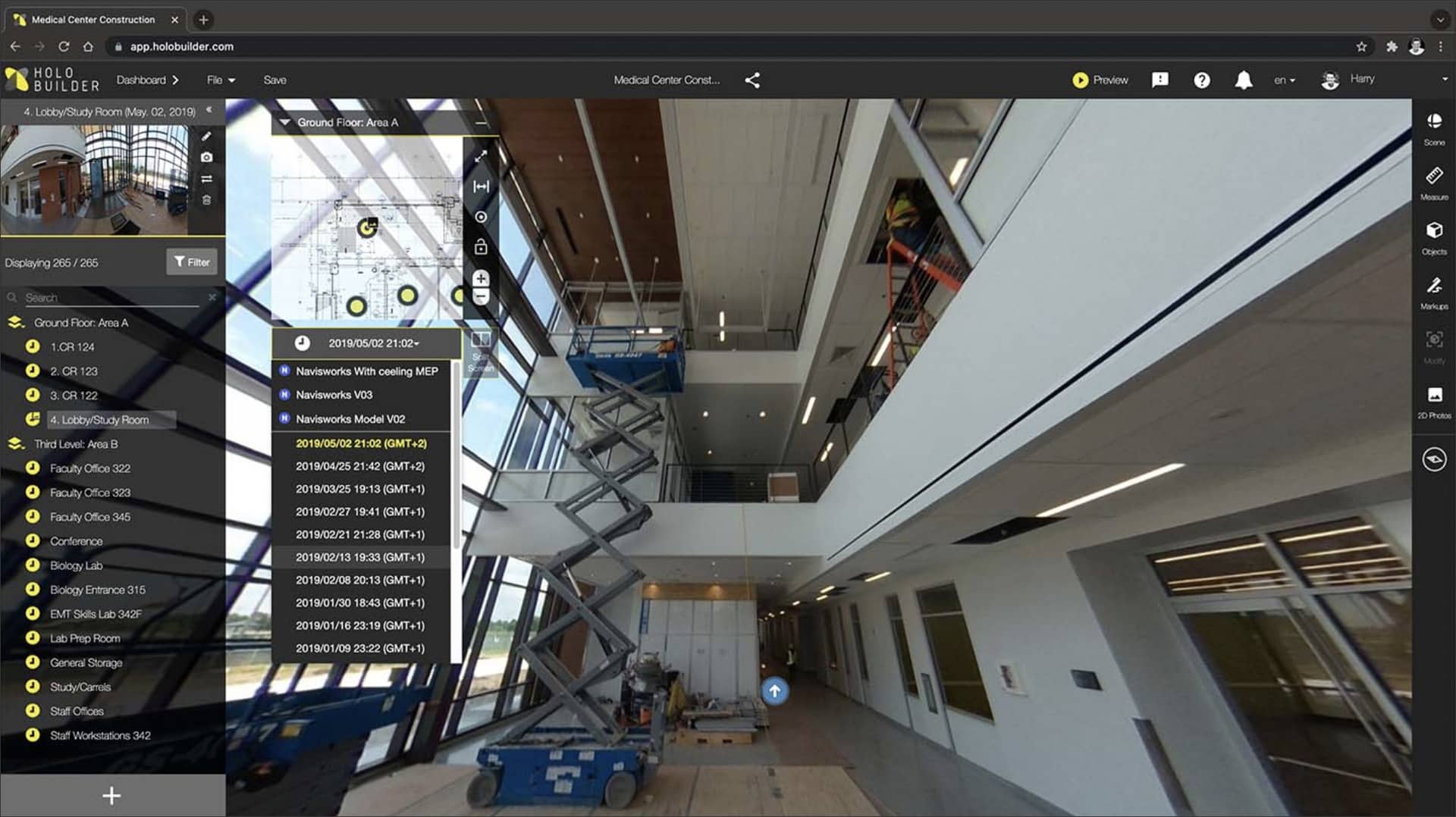
A key player in the construction industry, HoloBuilder is a project management platform that grants stakeholders remote access to construction sites, viewing historical and current data in 360°. The entire site’s progress is tracked in one central platform, supporting teams with staying on schedule and within budget.
The company recently announced that it will soon be rebranding as FARO Sphere FG to become an all-in-one digital reality platform.
Roon

Aiming to replace WebMD, Healthline, and ‘Dr. Google’ as the authority for researching health concerns and symptoms, Roon is a medical start-up that provides users with advice from real medical professionals.
The company has raised a whopping $15 million in a recent fundraising round, furthering its mission to share clear and helpful medical information with the public.
Omnigaze
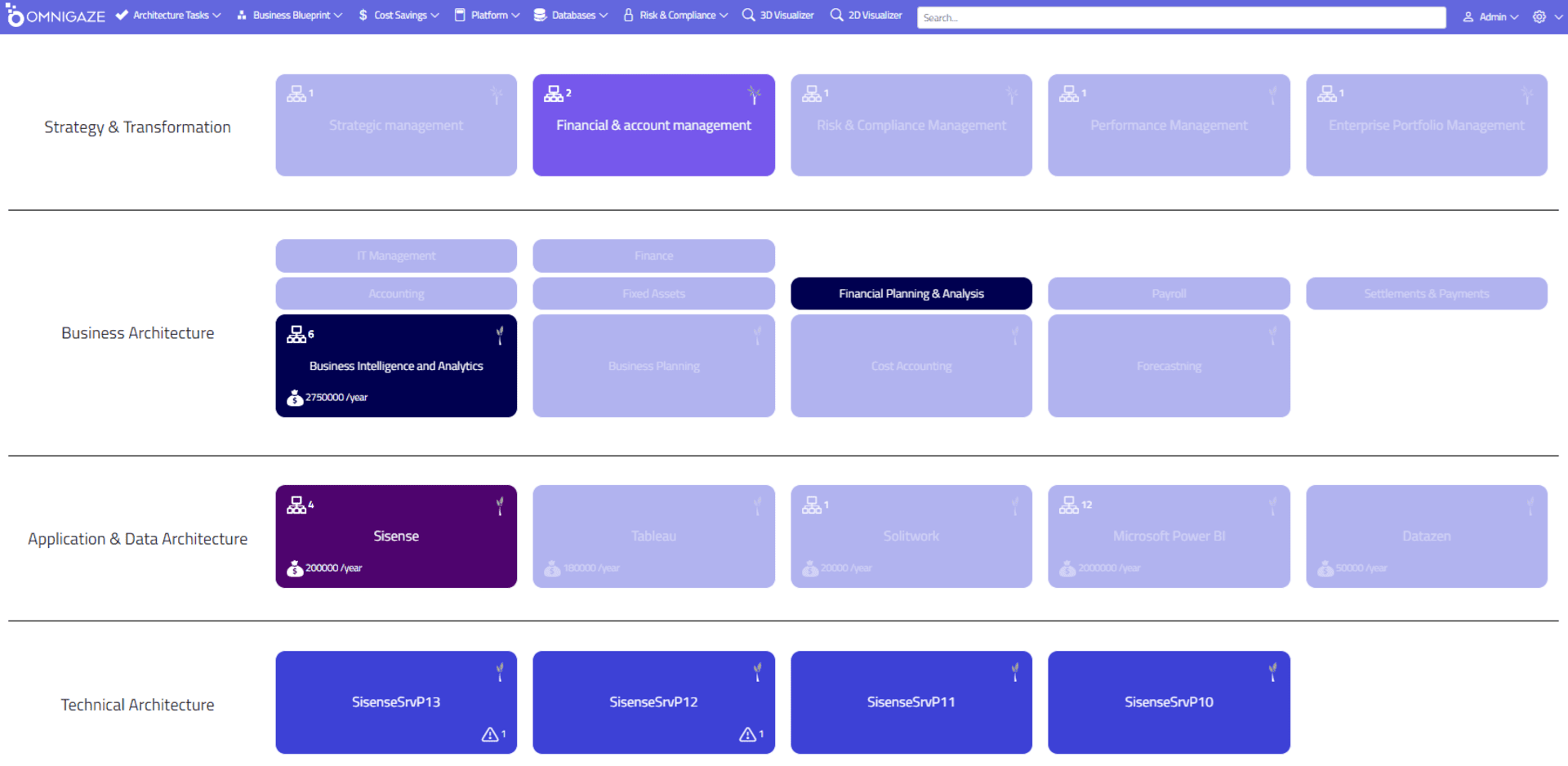
Omnigaze is a digital ecosystem management tool, using AI to provide insights that enable businesses to navigate the complexities of digital networks with ease.
The company hopes to set new standards for clarity, efficiency, and sustainability in IT infrastructure management, reducing risk and bringing down costs for businesses. Have a look at their features here.
Keep your eye out for more updates on our Top 5 Tech picks in the coming months. In the meantime, check out other Grammatik blogs!
November 2024
We’re back with our Top 5 Tech picks, and once again, AI is ruling the roost in terms of innovations. Read on to learn about generative podcasting, an AI interface designer, a tool perfect for game development, a real-time media collaboration platform, and an exciting release for the immersive industry.
Google NotebookLM

AI research and note-taking assistant NotebookLM has introduced the ‘Audio Overview’ feature. The software collects your notes and uses GenAI to create a spoken summary that is almost indistinguishable from a real podcast, fooling many since its release.
Want your own story brought to life? Try it out.
RePro Stream
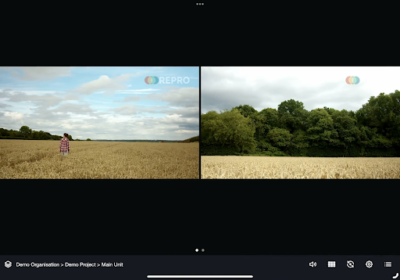
RePro Stream is a real-time collaboration platform that enables seamless content streaming from any location, covering everything from initial recce to final review. With technology that supports direct input from cameras and post-production software, RePro Stream ensures you can view media effortlessly across iOS, tvOS, web browsers, and even professional displays. Trusted by industry giants like Universal, Netflix, and Metro-Goldwyn-Mayer, RePro Stream empowers teams to collaborate fluidly across multiple projects, driving productivity and creativity to new heights.
Read more about RePro Stream’s features.
Polymet
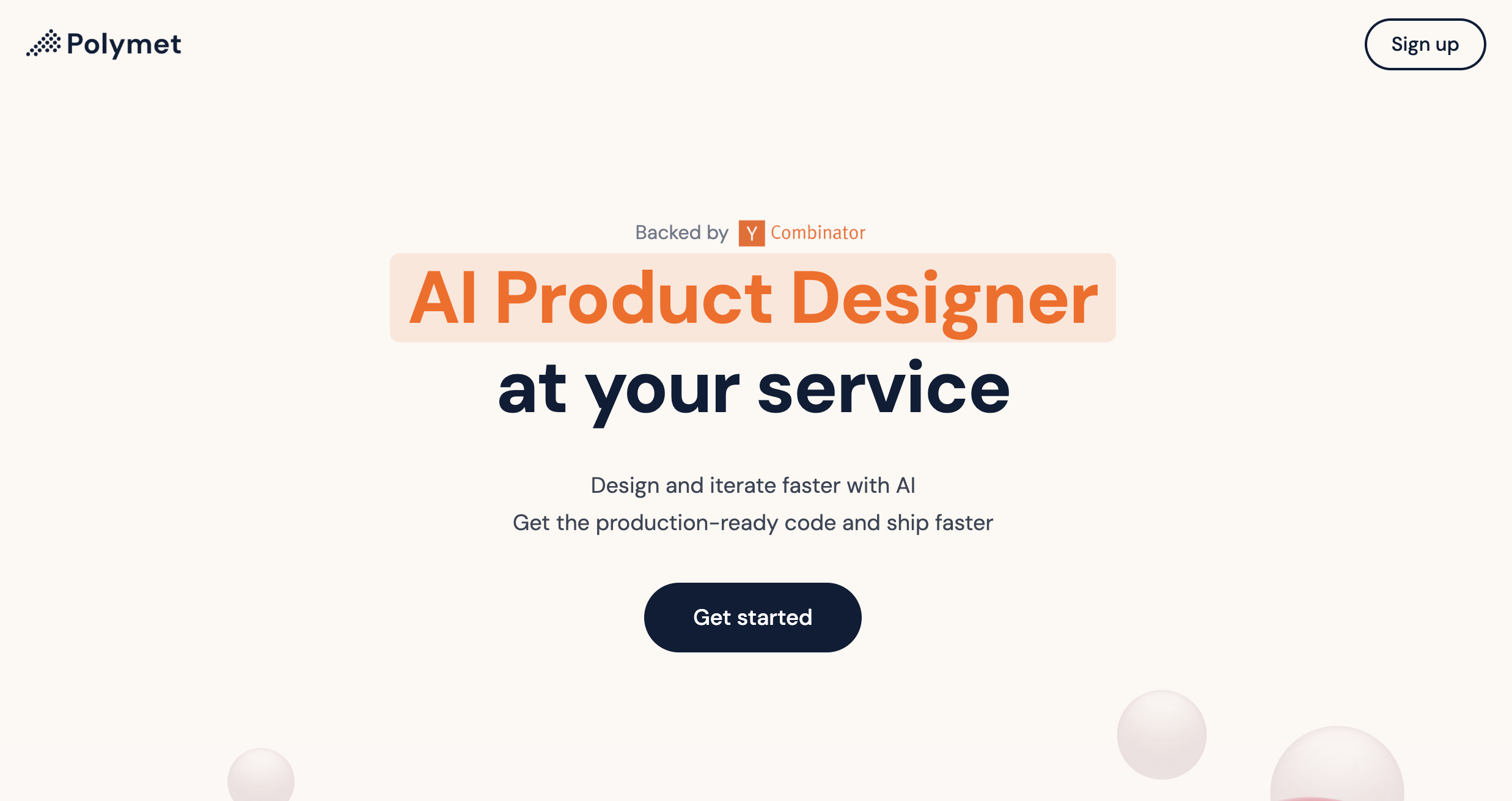
The creative possibilities unlocked by generative AI are showcased by new design platform Polymet. Users are able to input text-based descriptions or reference imagery, then watch their idea come to life as a polished, well-rounded design or code. Businesses looking to revamp their branding can streamline the process and spin up multiple iterations, without any extensive design or coding experience.
Take a look at Polymet’s services.
Series AI
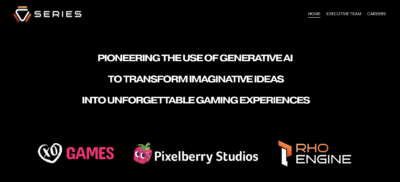
Game development can be a painstaking process, from conception to release. Industry leader Pany Haritatos has offered a helping hand with his new creation Series Entertainment, better known as Series AI. It uses a combination of GenAI and its own Large Language Model (LLM) to flesh out characters and build dialogue.
Read more about Series AI here.
Second Sphere – Abu Dhabi
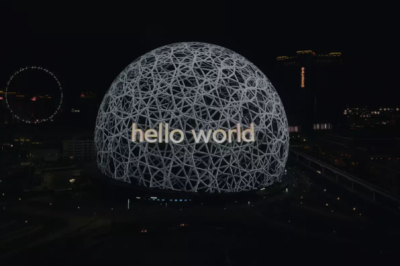
We love dipping our toes into the immersive world, which is why we’re excited to see a second Sphere opening in Abu Dhabi. The success of the first attraction in Las Vegas showed the industry that immersive experiences are flourishing with the help of talented VFX artists and studios.
Read about the Abu Dhabi Sphere here.
Keep your eye out for more updates on our Top 5 Tech picks in the coming months. In the meantime, check out other Grammatik blogs!
October 2024
This month our top tech round-up includes software specific for 3D rendering and scanning and collaboration tools perfect for teams.
Figurement
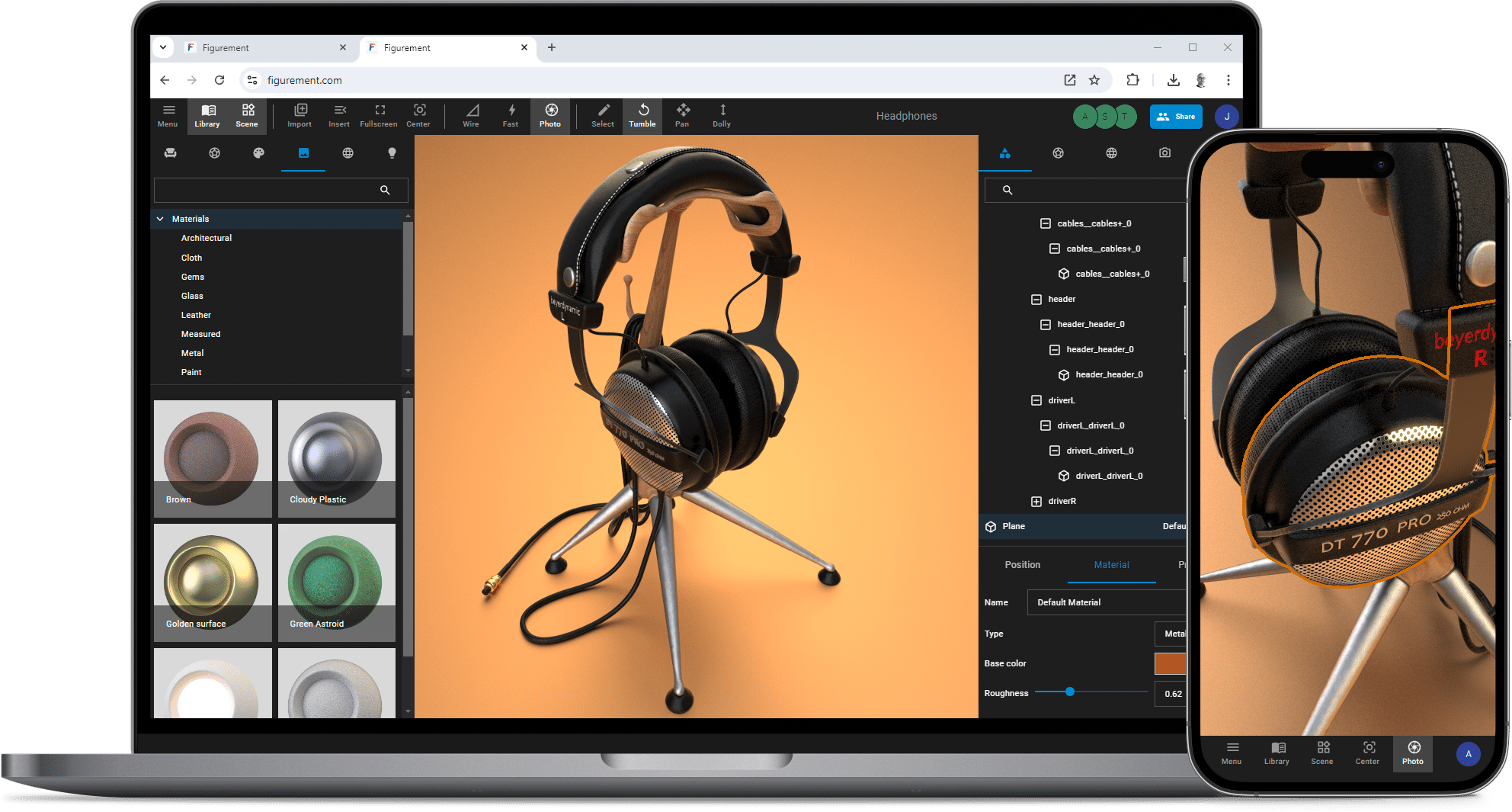
The production visualisation solution provider, Figurement, aims to revolutionise 3D rendering by creating a collaborative and accessible solution for professional workflows. Create photorealistic renders on any device and collaborate with your team while achieving unprecedented flexibility and efficiency, all in real-time.
Construct and design 3D renders with Figurement here.
KIRI Engine

To bridge the gap between the physical and digital worlds, KIRI Engine makes 3D scanning more accessible. Create photorealistic 3D assets by taking photos of your object from all angles and then uploading them into the app.
We had fun at the Grammatik office, scanning our Davros figurine to create a 3D asset. The process was quick and easy and delivered impressive final results. Users can export their scans for use in projects on other platforms. Kiri Engine is a handy tool for enthusiasts or professionals in gaming, 3D printing, VFX, and interior design.
Recent updates provide users with camera switching and increased video length – delivering more details of their scanned object, 8K texture exports, and texture smoothing.
Test out KIRI Engine’s newest software updates and get scanning.
Bucket
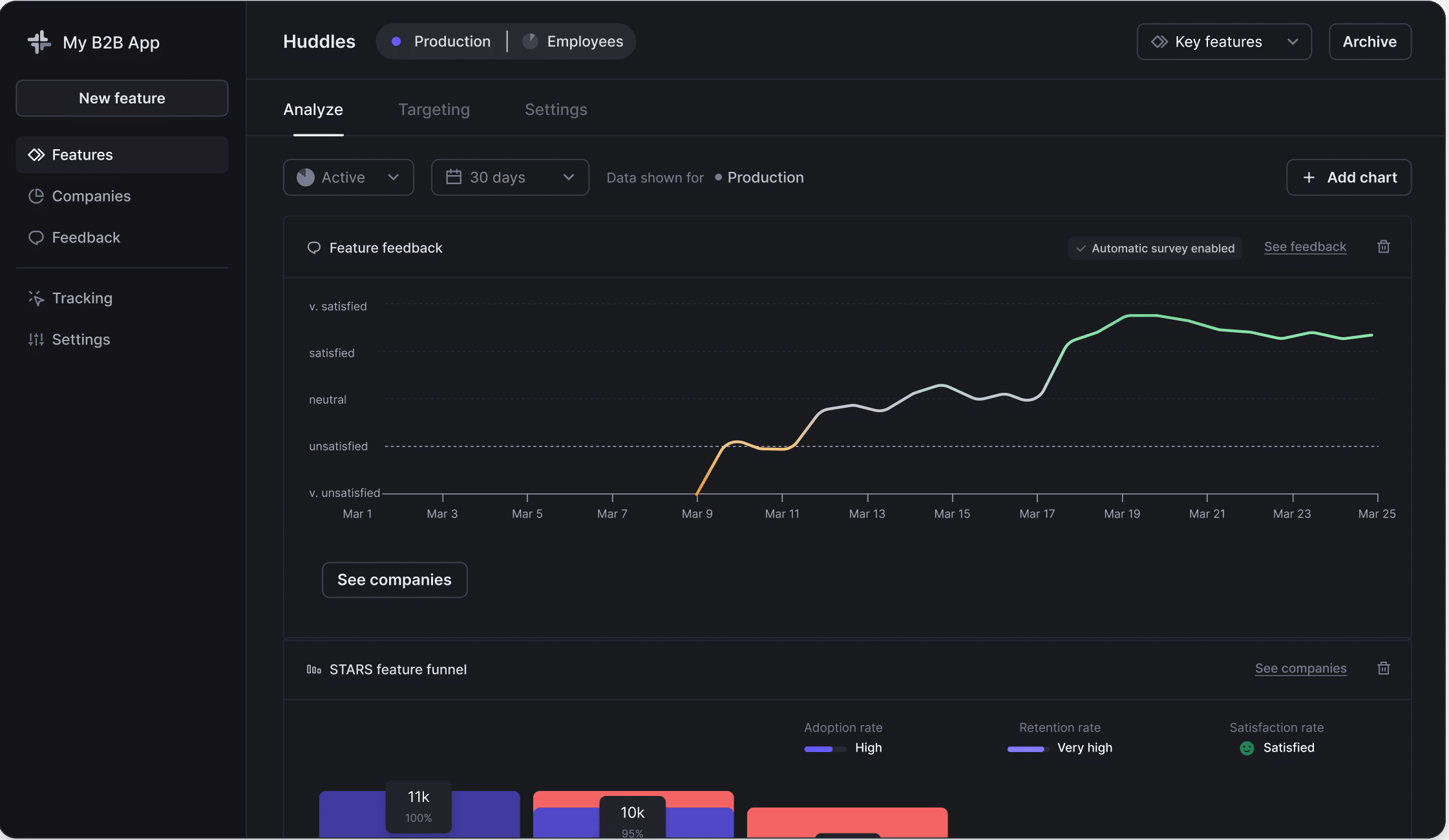
Rolling out new features for a B2B platform or tool is critical for a business to get right. Enter Bucket, the online platform to help product teams confidently and competently ship and deploy new features. Bucket is a productivity and task management tool designed to engage and motivate users by blending familiar productivity tools with game-like features.
ShapesXR
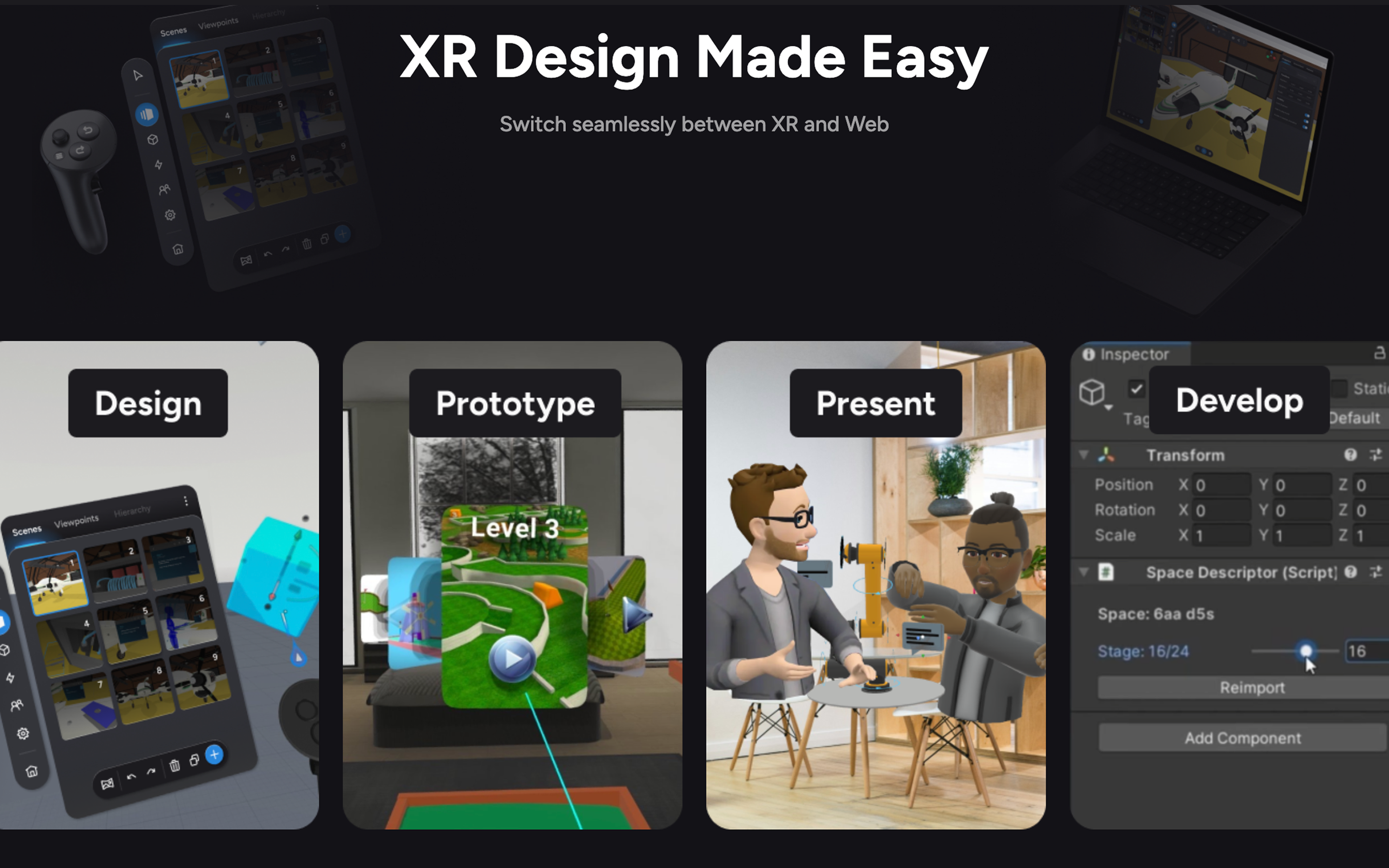
Design and prototyping tool, ShapesXR, enables designers to create in 3D easily and without the need for coding. Shapes is fully collaborative and supports real-time co-creation across virtual reality, mixed reality, and the web. The tool doesn’t require you to have previous experience in game engines and enables users to import various asset types like 3D models, Figma designs, or sound files.
Try out ShapesXR’s newest 2.0 updates and get creative!
Evercast
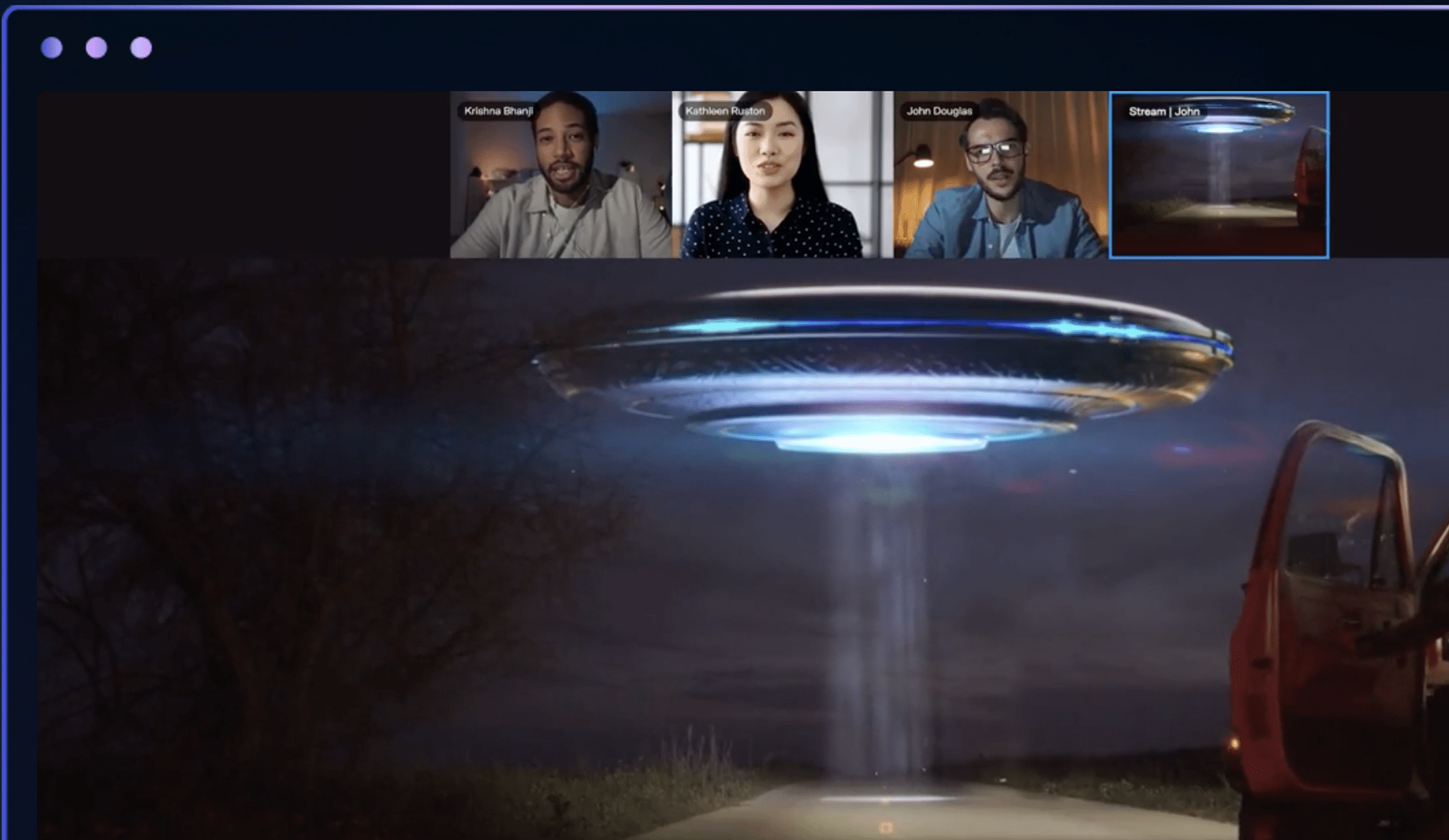
Stream collaboration software, Evercast, combines video conferencing and HD live in one web-based platform. The company has also recently unveiled the latest innovation in visual technology for Apple’s Vision Pro. With Vision Pro expanding across the script-to-scene pipeline, there are new capabilities.
Highlights of Evercast for Apple Vision Pro include:
- Enhanced clarity and immersion
- Intelligent adaption
- Customisable workspace
- Powerful processing capabilities
- Seamless integration
Read more about Evercast and its integration with Apple Vision Pro.
Keep your eye out for more updates on our top tech picks in the coming months. In the meantime, check out other Grammatik blogs!
September 2024
From AI-generated avatars, to VR programs geared towards non-neurotypical users and mind-bending ‘living paint’, this month we’ve rounded up some of the most exciting innovations in the AI, engineering and architecture space.
Copresence
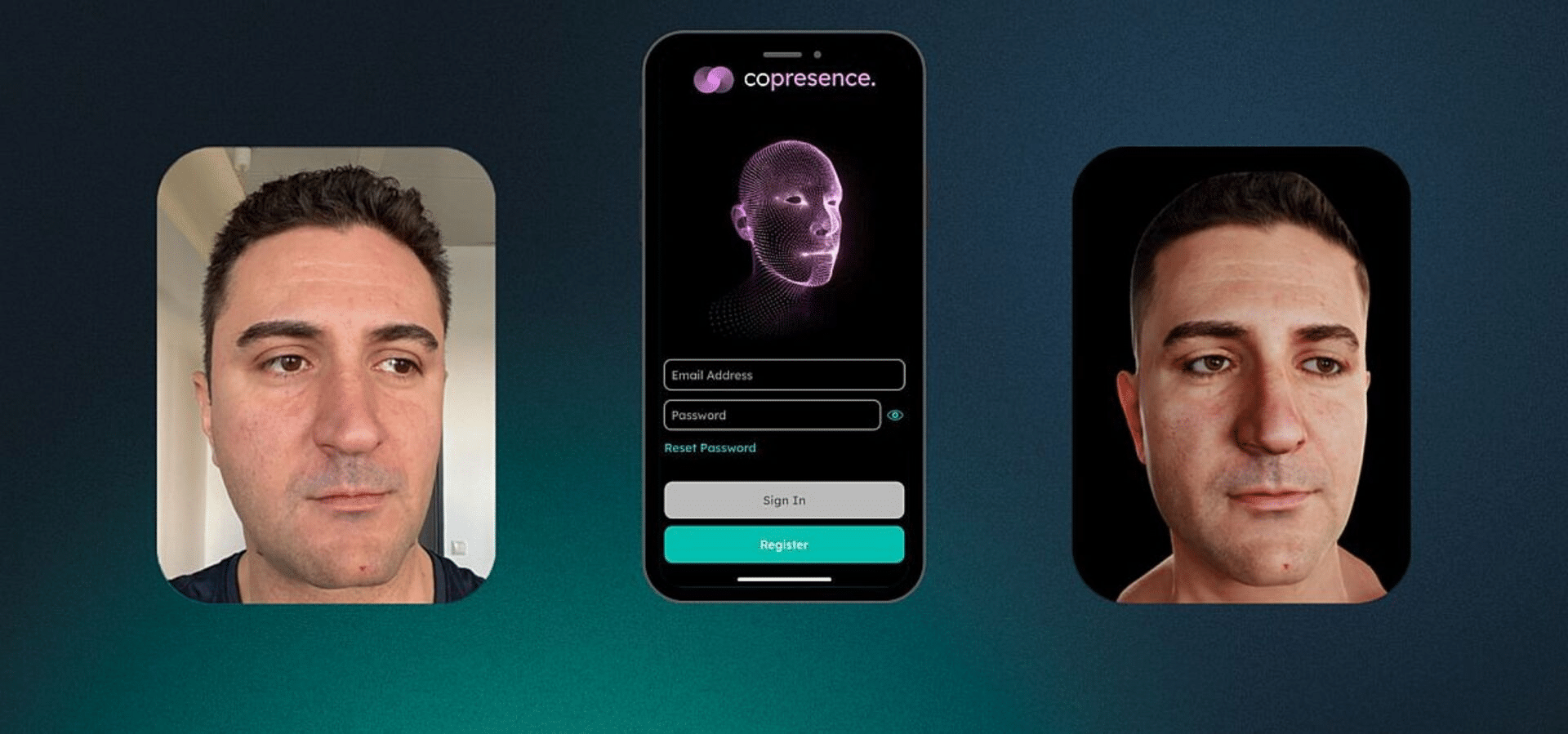
Digital avatar generation software, Copresence, is bridging the gap between the physical and the virtual with their AI-generated, photorealistic facial renderings. The face scanning takes place using their app, and is an easy three-step process. Copresence’s original CG avatars are compatible with any 3D platform, including video games, and their AI-generated avatars can be used for film production and will soon be available for telepresence applications.
Give it a try here!
Tarkett’s Human Conscious Design platform
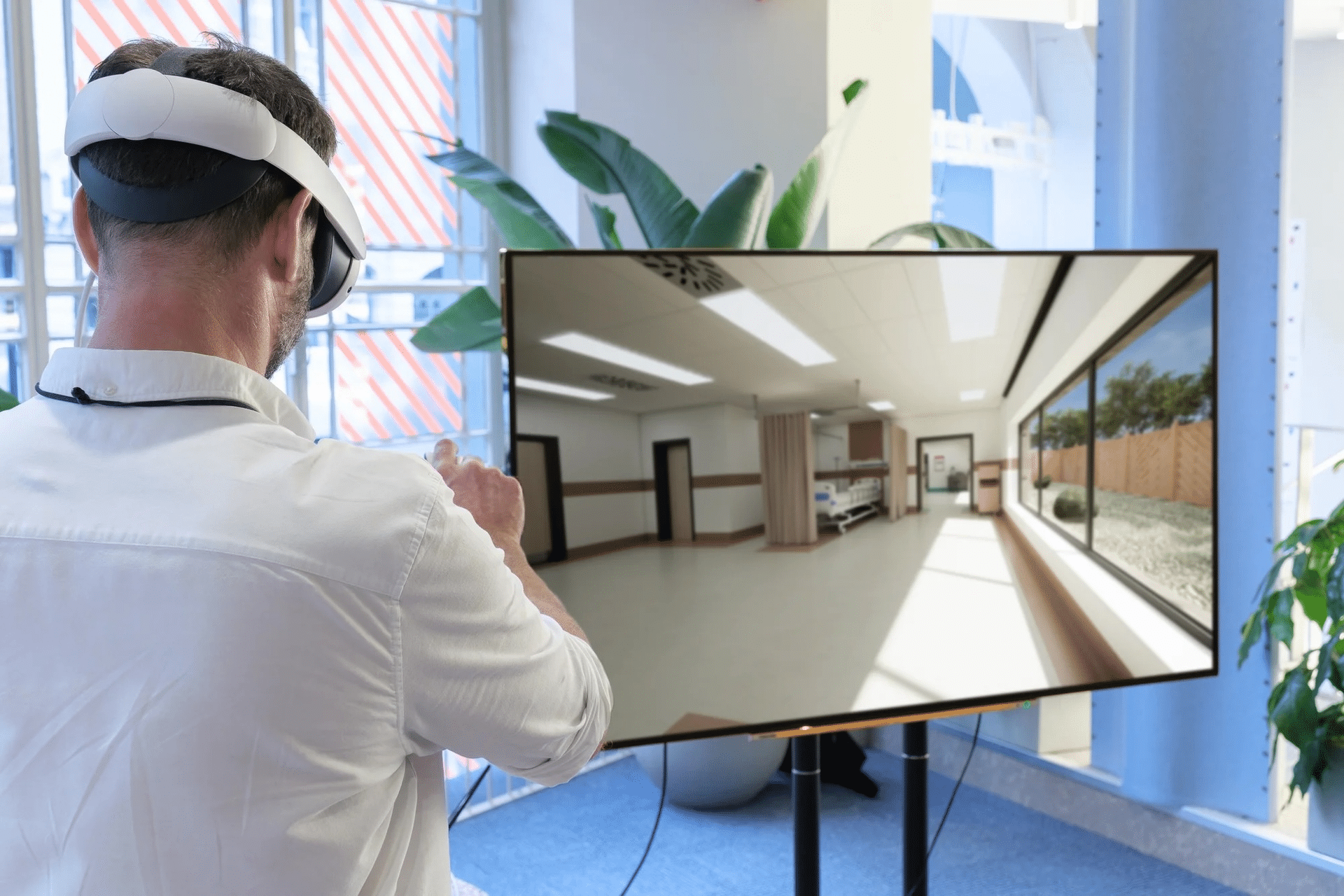
Floor and wall covering manufacturer Tarkett has developed a virtual reality tool that simulates the differences in how people experience an environment. The purpose of this tool is to help designers foster inclusivity by understanding how neurodivergent or elderly people navigate different spaces.
Read more here about how Tarkett is championing human-conscious principles.
Cyanoskin’s ‘living paint’

Start-up Cyanoskin have developed an algae-based coating to be used in place of paint on buildings and structures, in a bid to combat climate change in a low-cost and sustainable way. This ‘living paint’ turns buildings into CO2-absorbing structures. Cyanoskin “helps reconnect people with nature, fostering more positive mental health and well-being and a stronger connection to the environment.”
Cyanoskin won the Energy and Environment track of the Venture Catalyst Challenge 2024, and went on to win the Grand Final thanks to their innovative contribution to the climate crisis.
Civils.ai’s machine learning algorithm
Civils.ai helps civil and technical engineers access and organise company data using machine learning. The company has updated its algorithm to ‘understand’ the data captured in PDF CAD drawings. Various forms of data and a number of different drawing types, including geometry, dimensions, labels, architectural details, and drawings like buildings and floor plans, infrastructure and civil plans, can be read by the algorithm. The data can also be extracted and used to filter projects, such as by floor thickness or wall height.
The platform is also compatible with mobile devices, increasing the accessibility of this type of technology.
Jaltek X Space Solar
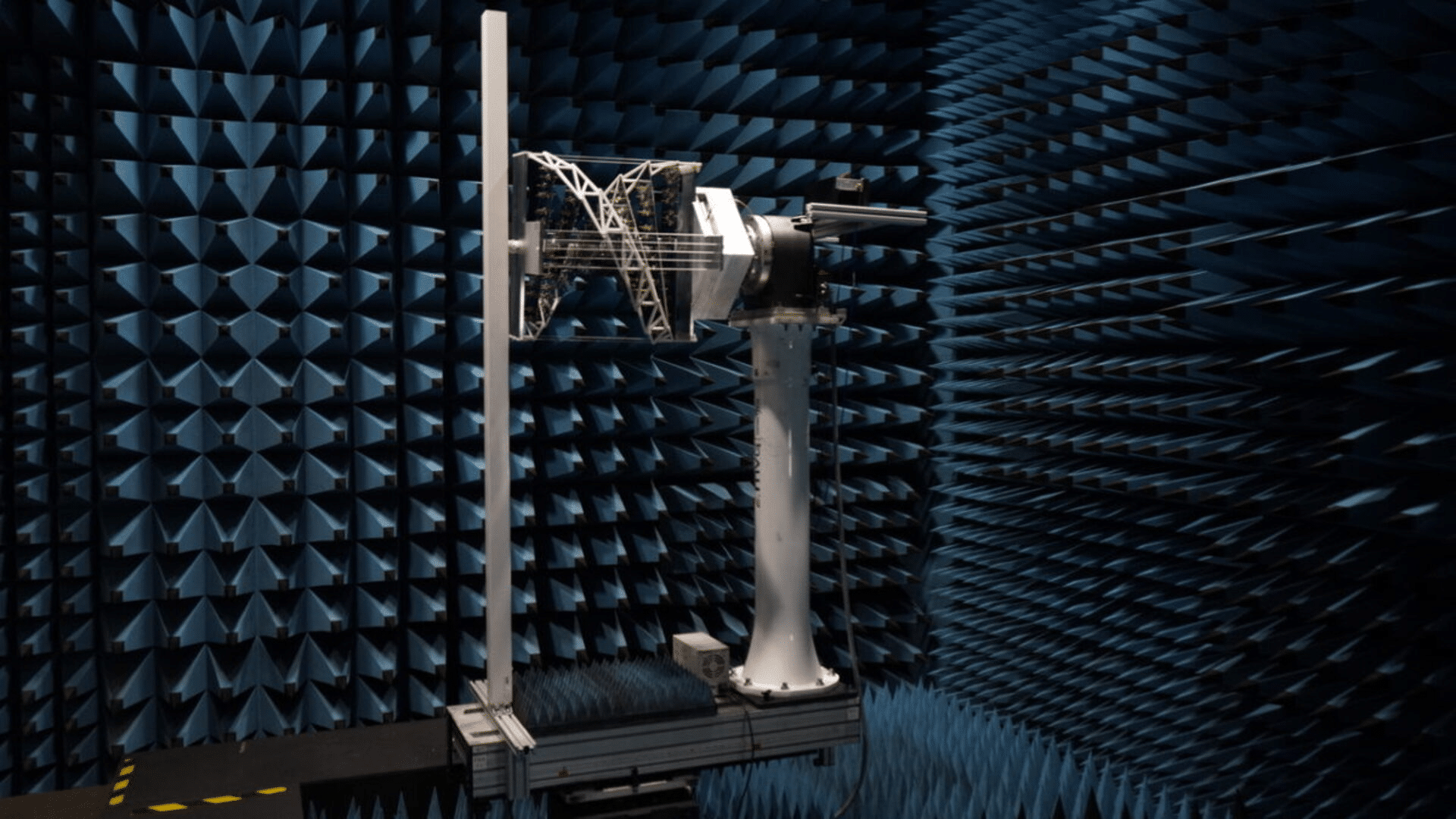
Electronics design and manufacturing company, Jaltek, have teamed up with Space Solar to create a world’s-first prototype for generating energy from space. The recent demonstration of their prototype was a resounding success, potentially setting the stage for the first solar farm being launched into space. This would provide a constant supply of renewable energy, with Jaltek stating their bold aim of powering upwards of one million homes by the 2030s.
Read more about the project here.
Keep your eye out for more updates on our top tech picks in the coming months. In the meantime, check out other Grammatik blogs!
Featured photo courtesy of Google DeepMind, Pexels
August 2024
We’re back again with our top tech picks – including an impressive text-to-speech platform from Eleven Labs and a real-time filmmaking suite of tools from ViewScreen.
ChatGPT: advanced voice mode

July welcomed further advances in the world of AI, but this time it’s not another text-based content generator. Voice mode enables ChatGPT users to converse with their chatbot (if they’re subscribed to ChatGPT Plus). It boasts features of correcting language pronunciation and… impersonating a frog?!
Check out the demo here.
ElevenLabs text-to-speech platform

Heralded as one of the most lifelike text-to-speech generators on the market, ElevenLabs’ AI-generated platform enables users to produce speech that is able to reflect realistic intonation, emotion, and pacing.
Through their website, you can access features such as translation, AI dubbing, and voice or sound effects, alongside a growing library of realistic voice clones. With their new iOS and Android apps, users will now be able to convert text files, eBooks, or even web links on the go into audio narration.
Friend AI device

Ever wanted a necklace that joins in on your conversations? Neither did we, but this month we welcomed Friend, an AI Device that does exactly that. By sending messages via the Friend app or SMS, it acts as a companion to the user, offering advice or joining in with your conversations.
It’s available to pre-order now – check out Friend here!
ViewScreen
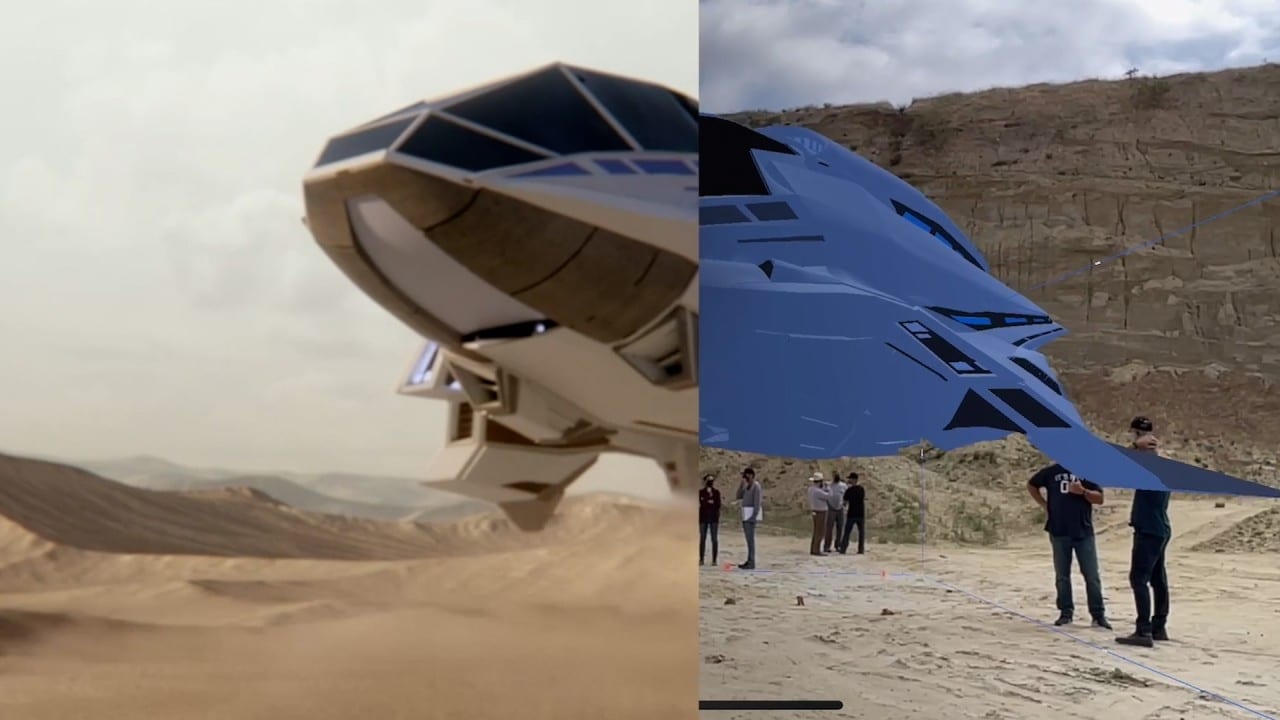
ViewScreen is a suite of tools for full-scale produtions which combine various augmented reality visualisation tools to seamlessly blend live action and visual effects in real-time. This allows those on set to view the integration of VFX and CG assets while filming, instead of having to wait until they are added in post-production. The tools improve the creative process and help deliver the right shot faster, saving both time and money..
The company has also released an iOS app as a public Beta, ViewScreen Scout, letting users experiment with their suite of production tools for free using an iPhone camera.
FEEL TECH Wear
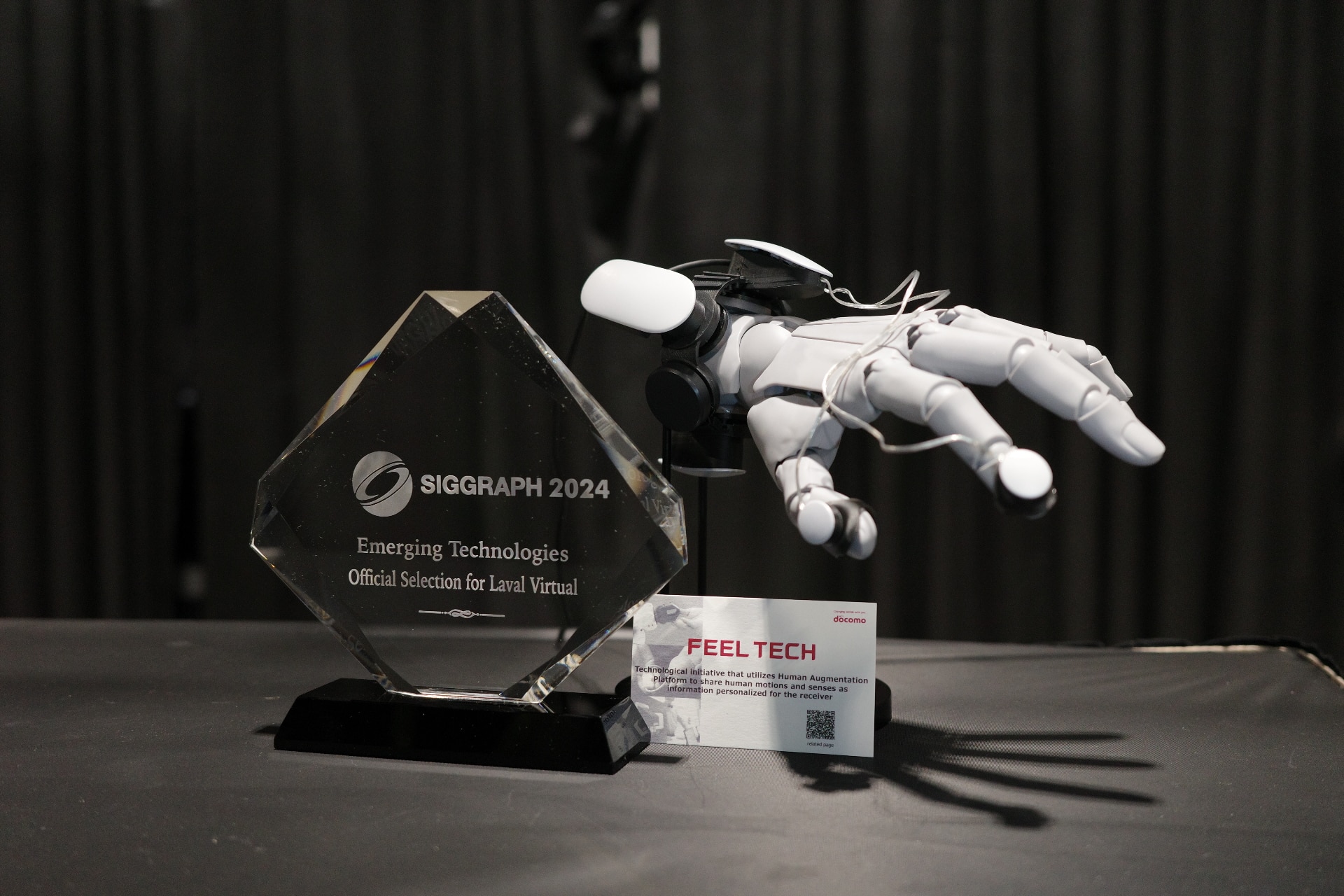
Showcased at the Emerging Technologies area at SIGGRAPH this year, FEEL TECH Wear have created a palm-free haptic feedback device using wrist-to-finger haptic distribution. This enables direct contact with physical objects while using the device and delivers more accurate VR augmentation of these objects, significantly reducing some of the limitations of haptic feedback.
The exhibition was a SIGGRAPH 2024 official selection for Laval Virtual, taking place in 2025.
Keep your eye out for more updates on our top tech picks in the coming months. In the meantime, check out other Grammatik blogs!
Featured photo courtesy of Google DeepMind, Pexels
July 2024
Last month was once again full of tech innovation, with AI leading some of the most interesting tech announcements. From Google Gemini to Unistellar’s smart binoculars, we’ve put together the top five new tech releases that caught our attention recently.
Google Gemini AI
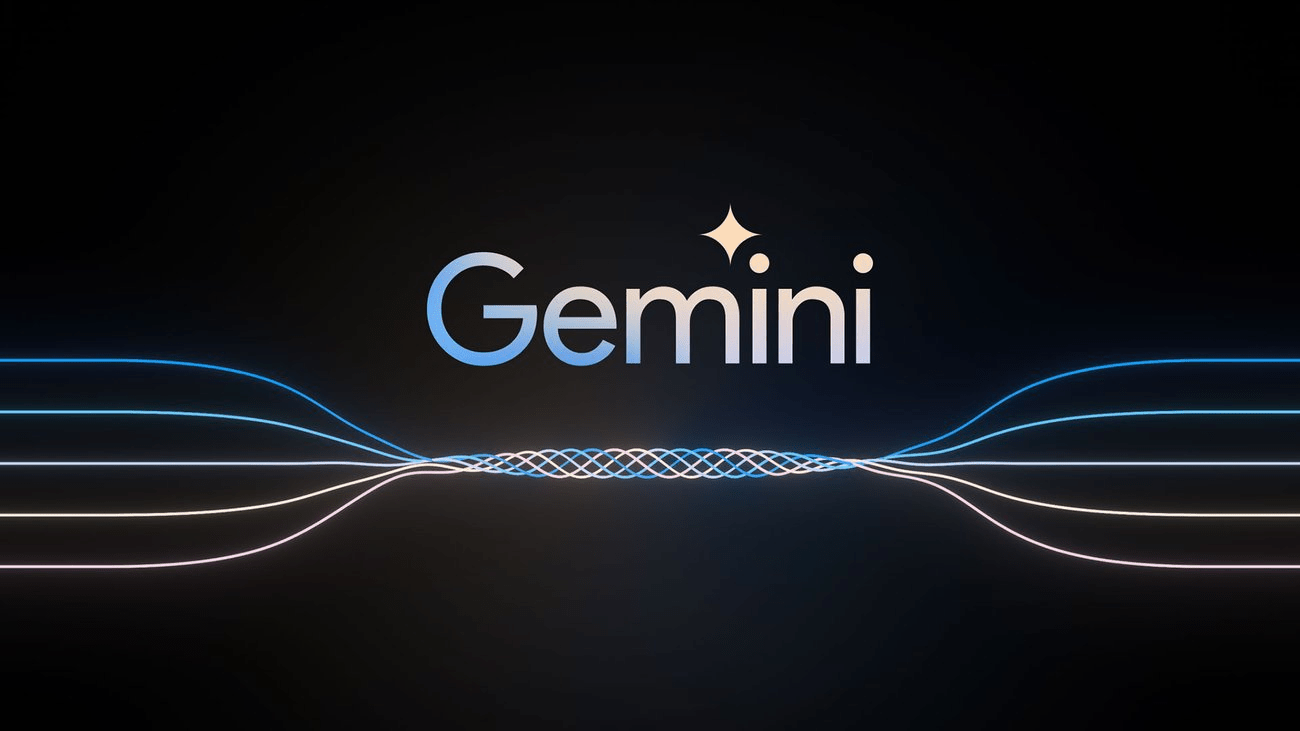
The world’s most popular search engine has launched its very own long-awaited AI software… Google Gemini.
You might be wondering, what’s different about this one? It’s a chatbot, and Gemini Advanced declutters your workspace by summarising documents and drafting emails. But there’s something else left relatively unexplored in the AI realm that’s launching soon – Gemini Live.
In this software, we can expect to have a voice chat with Google’s AI system responding directly back, in real time. We all thought in-person conversations were left in the past, but Gemini Live provides a new spin on things.
Check out Google Gemini here!
Unistellar’s Envision Smart Binoculars
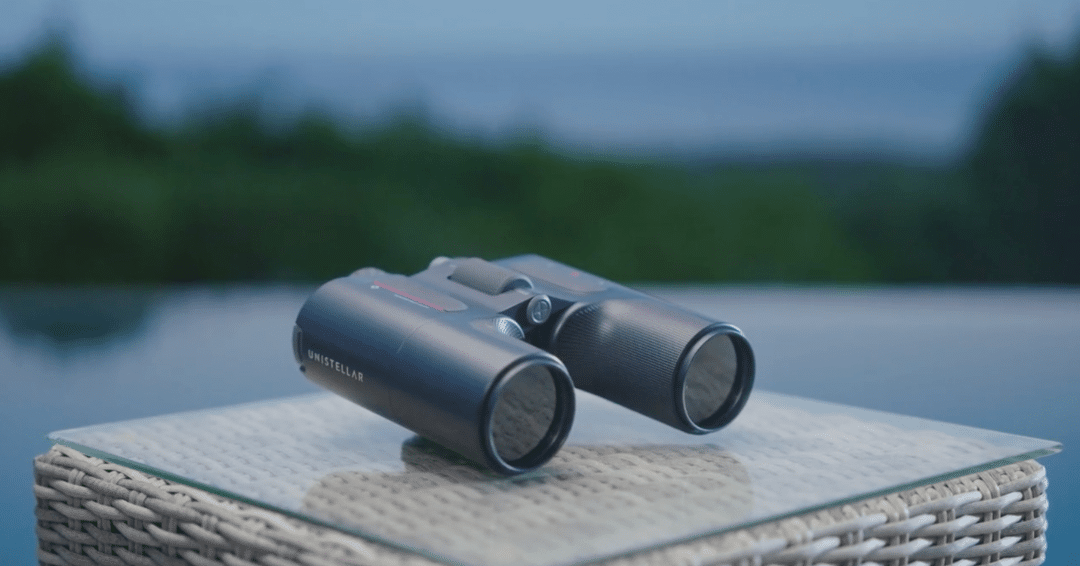
Considered to be the most significant advancement in binoculars in decades, Unistellar have revealed more information about their augmented reality (AR) powered binoculars. Once developed, the Envision binoculars will use a projection system to overlay information fed to them in real-time by a connected smartphone app. The database of information includes landmarks (such as mountains or hiking trails) and significant objects in the night sky, making it an incredible tool for both stargazers and holidaymakers.
The company has now started crowdfunding in order to achieve their goal of delivering the first prototypes by the end of 2025.
Figma’s new AI design tool
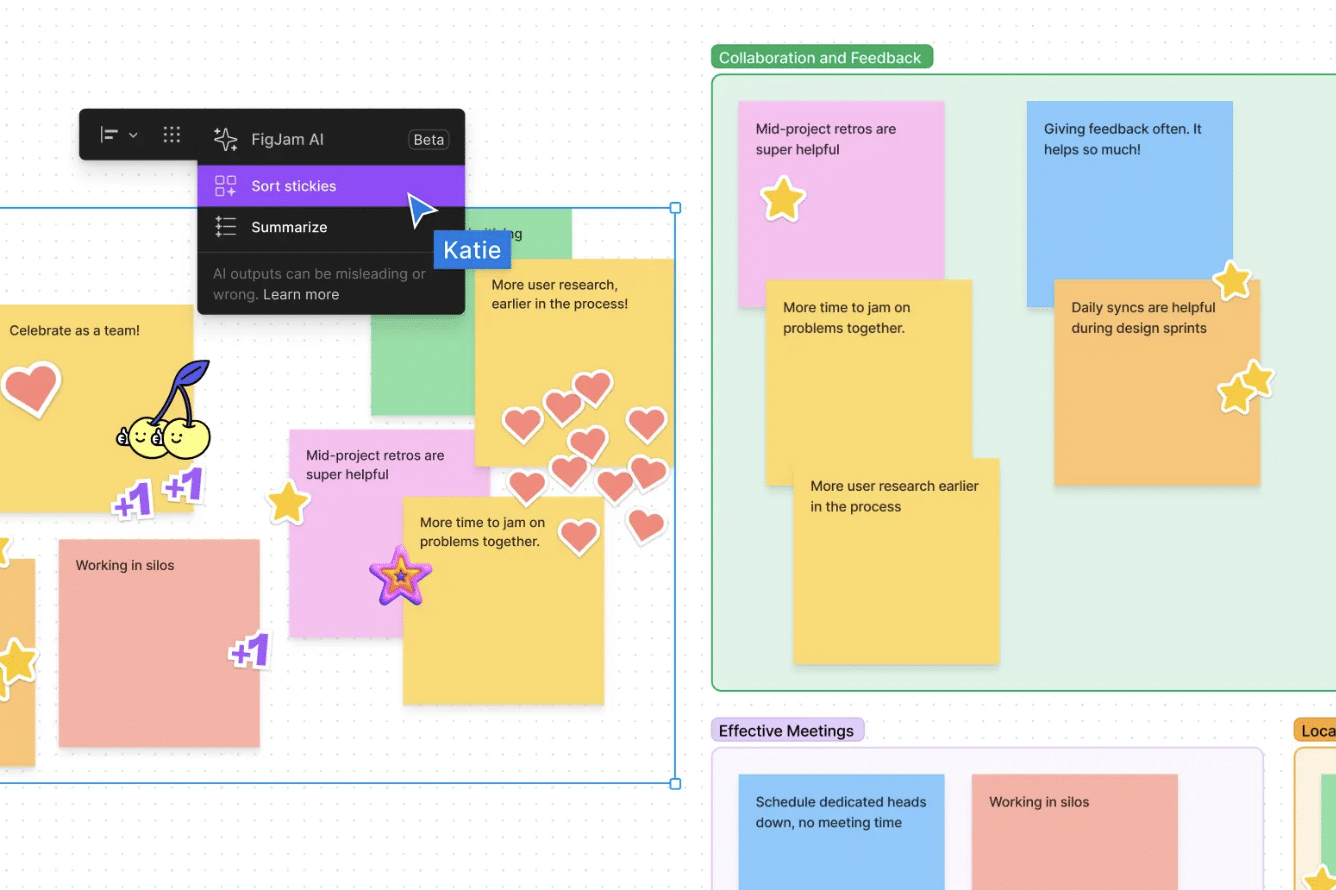
There’s a strong theme this month with our top tech picks, but Figma breaks out of the AI software mould.
Much like Adobe Photoshop, the software takes a text prompt and outputs imagery – except Figma is used for app design. It takes the context of the page you want to make, and provides suitable fonts and a colour palette, as well as relevant photos. If you’re making a tech review app, for example, the visuals would be clean and easy to look through, whereas a fashion app might be a little more decorative.
The best thing about Figma AI is that it’s free during the Beta period of 2024 (unless you’re working as a team), making huge steps toward more accessible design technology. Have a look at more of its features here.
Nike X Hyperice
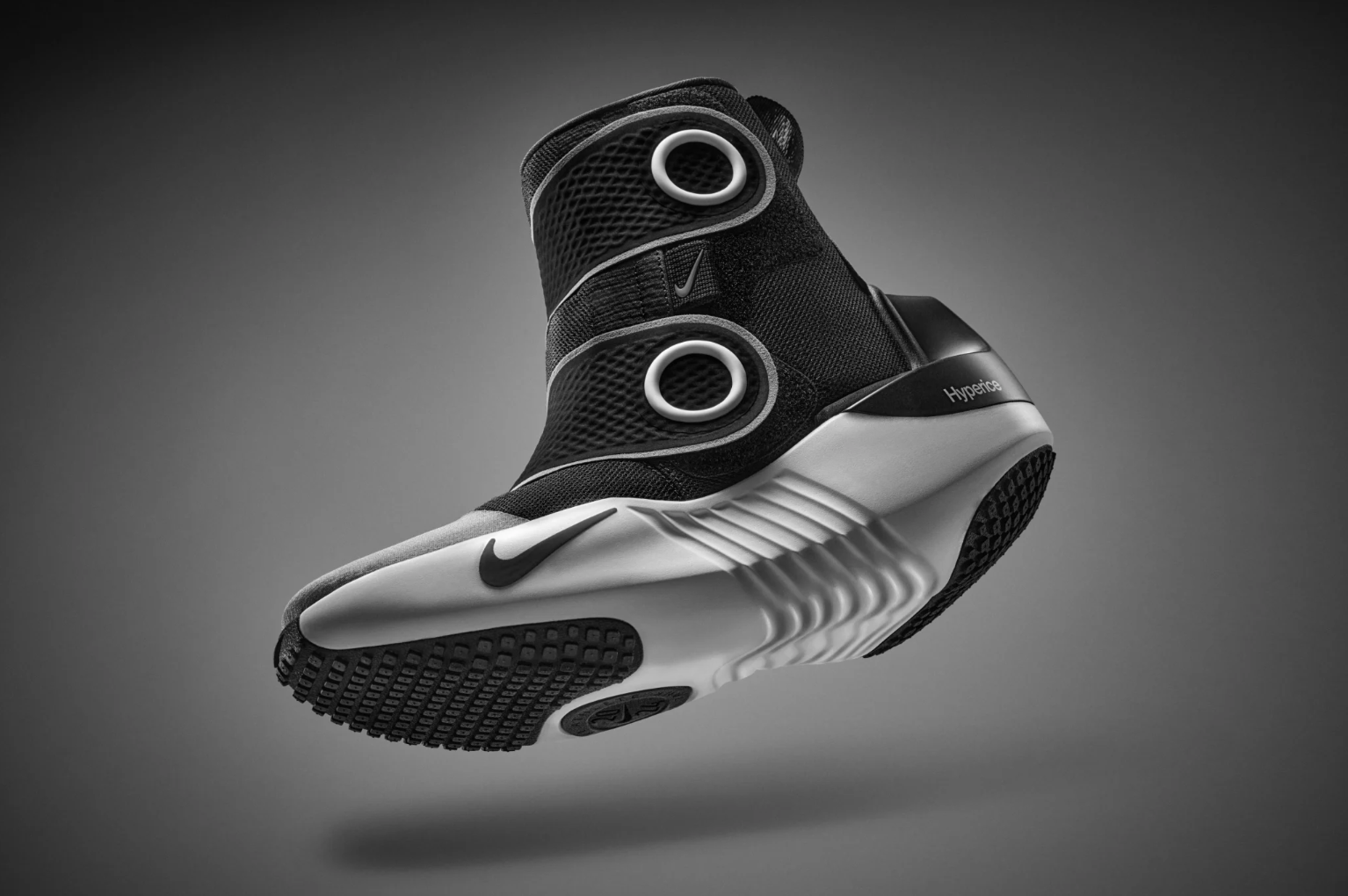
In the latest innovation in the wearable tech sphere, Nike have teamed up with Hyperice to release tech-enabled boots and vests. The shoes work to provide heat and compression to the foot, enhancing both warm up and recovery. The vests, on the other hand, use sensors and temperature monitoring to either heat or cool the body.
While these products are not available to the general public (yet), Nike have announced that they will be in use by athletes at the Paris Olympics this year. Check out the full press release by Nike here.
ASUS’ gaming laptop powered by AI

Computex 2024 welcomed a whopping three new ASUS laptops in the mix, all specifically designed for gaming: the ROG Zephyrus G16 and the ‘TUF’ Gaming A14 and A16 (the latter seemingly designed to outlast gamer rages).
The Ryzen AI processor allows users to enjoy an optimised gaming experience, with the enhanced neural processing unit (NPU) handling AI-enhanced workloads. This means that the computer can execute tasks much faster than if it was relying on the cloud, but extra pressure is not placed on the CPU, allowing for more powerful and efficient performance.
Keep updated on the latest progressions here.
Keep your eye out for more updates on our top tech picks in the coming months. In the meantime, check out other Grammatik blogs!
May 2024
From Meta’s AR glasses to Adobe’s partnership with Open AI, innovative tech products and new software releases continue to come thick and fast in 2024. Have a read of our top five picks this month….

New laptop inventions currently seem as popular as new AR glasses in terms of new releases. With Lenovo’s transparent laptop and Spacetop releasing an AR laptop, they just keep on coming. Did I also mention that Spacetp’s AR laptop has no screen, just AR glasses?
So how does it work?
Well, with the pairing of the keyboard and glasses, you’re given a widescreen (not a physical screen – just your work casually floating in the air in front of you). Early users have described the experience as impressive, but on the other side of the fence, the question is ‘Isn’t a laptop and screen good enough?’ isn’t ever far away. The creators have said that the intention is to give users a virtual display with enhanced privacy.
What do you think?
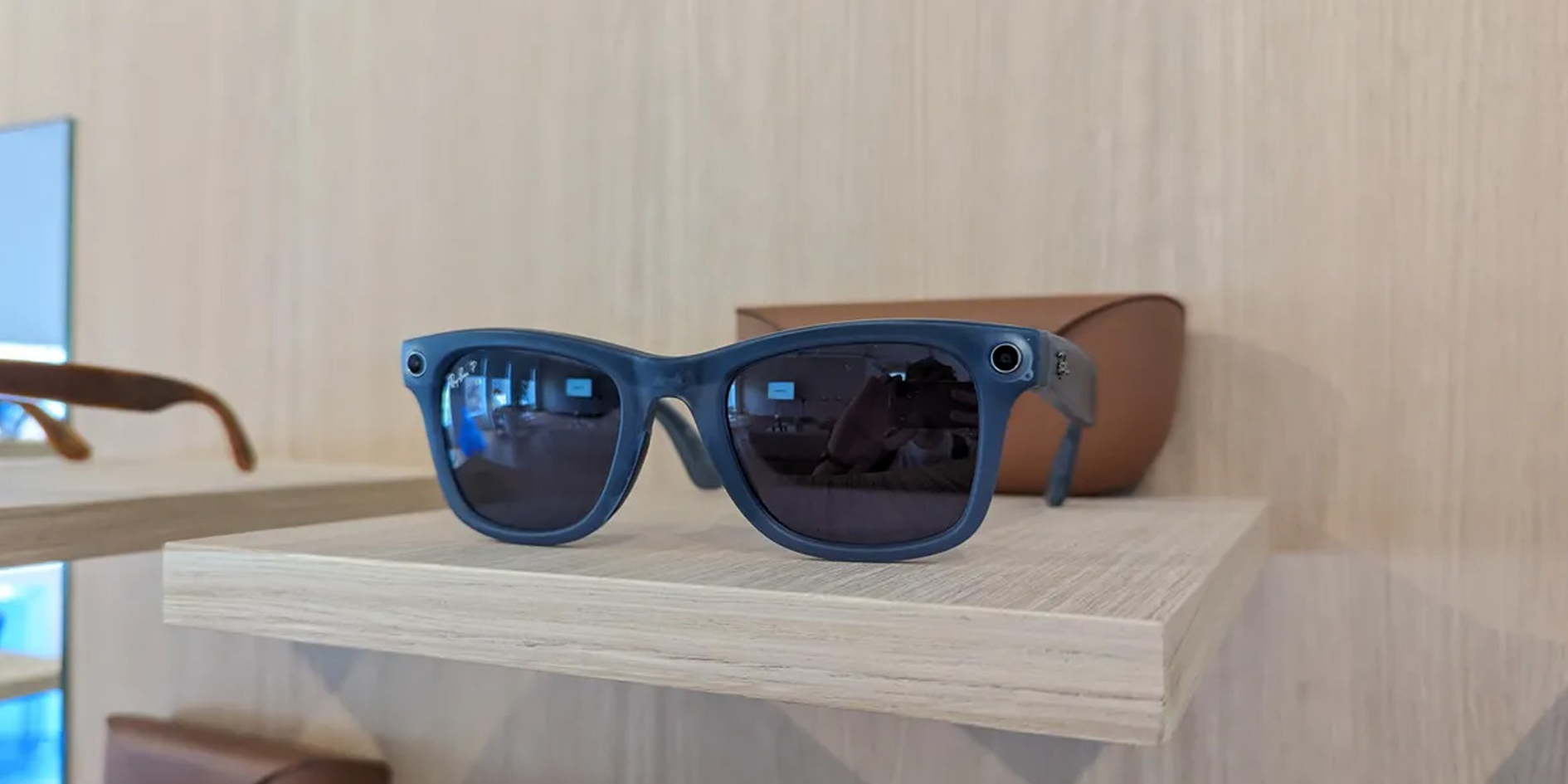
Yes, unsurprisingly, another new pair of AR glasses has been picked up by our tech radar this month. Whilst it’s only been confirmed that Meta is releasing AR glasses, there have been leaks and pre-release tasters to whet the appetite on what to expect.
Whilst detailed information is still thin on the ground, the glasses aim to merge Meta’s XR hardware with its developing Meta AI software, and “deliver the best of both worlds”. The Business Insider cited unnamed sources who have speculated that the AR glasses may be shown off at this year’s Meta Connect conference. However, an official release of the finished product may not land until 2027.

Yes, you read that right, Samsung has announced they are working on the Samsung Galaxy Ring. It’s not just your average ring, it’s Samsung – so it has to be a smart ring. A non-functional prototype was on display at the MWC 2024 conference, but any probing questions by attendees were shut down. No full details on functionality were disclosed. Not even the material of the ring.
Despite the mystery, there is one thing we do know -, the ring itself has advanced sleeping insights for users. The four additional tools highlighted that are not available on smartwatches are::
- Resting heart rate during sleep
- Respiratory rate
- Night movement
- Sleep latency
Watch this space for more details on the functions and properties of the ring.
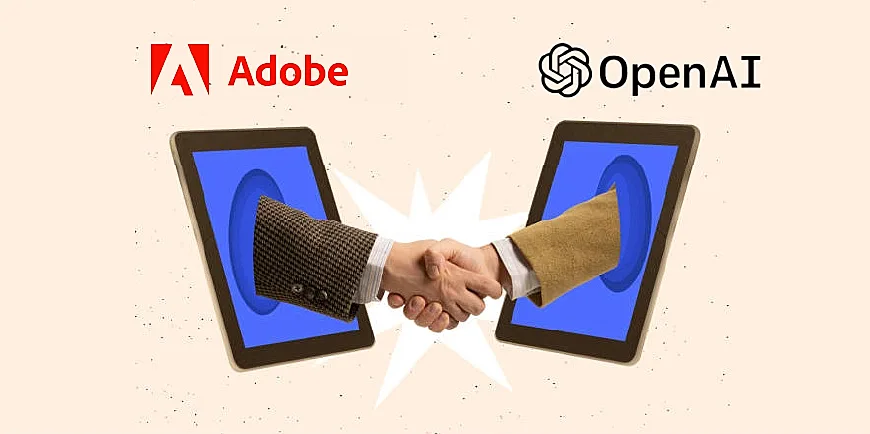
Adobe has announced that it is exploring a partnership with OpenAI alongside the addition of AI video tools to its platform.
Adobe’s Premier Pro app is widely used across industries, and the company is planning to add AI-based features to their software this year. Some of these include:
Ability to fill in parts of a scene with AI-generated objects.
The removal of distractions from a scene eliminates any tedious manual work for video editors.
OpenAI has demonstrated its Sora model, which will be used in the new partnership, but has yet to make the technology public or even give any indication of a release date. Adobe also released a Sora demo but suggested it was more of an experimental unveiling. Like Open AI, no hints as to a timeline or release date for the collaboration were shared.
Let’s hope we receive some form of update soon, as these features among the others in the pipeline could supercharge users’ creativity.
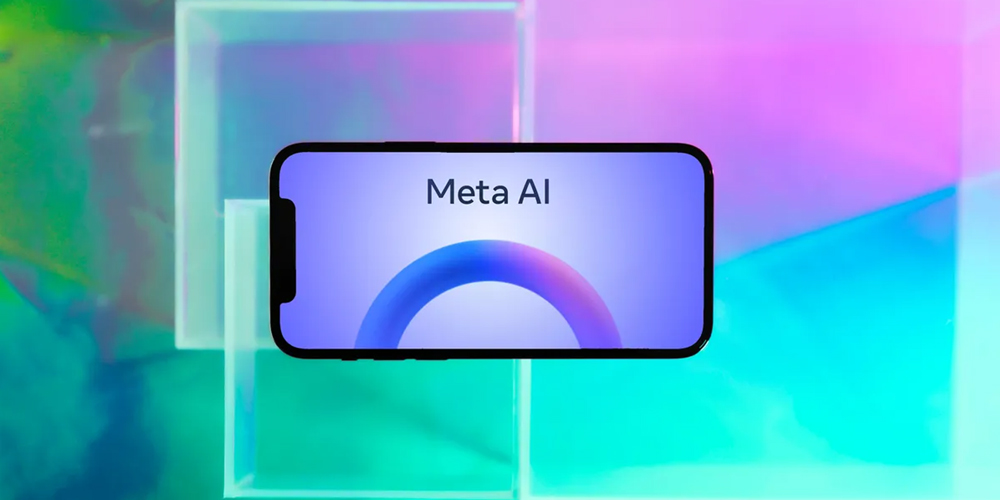
A new AI model is on the horizon from Meta in the form of Llama 3. Claiming it to be state-of-the-art AI. , the new model will be open-sourced, enabling everyone to use it. The release puts Meta firmly in competition with Google and OpenAI in this space.
Llama 3 is a large language model, similar to ChatGPT and Google’s Gemini. It has been built with the purpose of delivering a system “on par with the best proprietary models available today”. Meta believes that unfettered accessibility will encourage innovation and empower users to engage with AI in a wider variety of ways.
Keep your eye out for more updates on our top tech picks in the coming months. In the meantime, check out other Grammatik blogs!
April 2024
Here are five tech releases that have caught our eye this month. From super-fast character animation to the first human chatbot with emotional intelligence, the innovative new releases in 2024 just keep on coming….
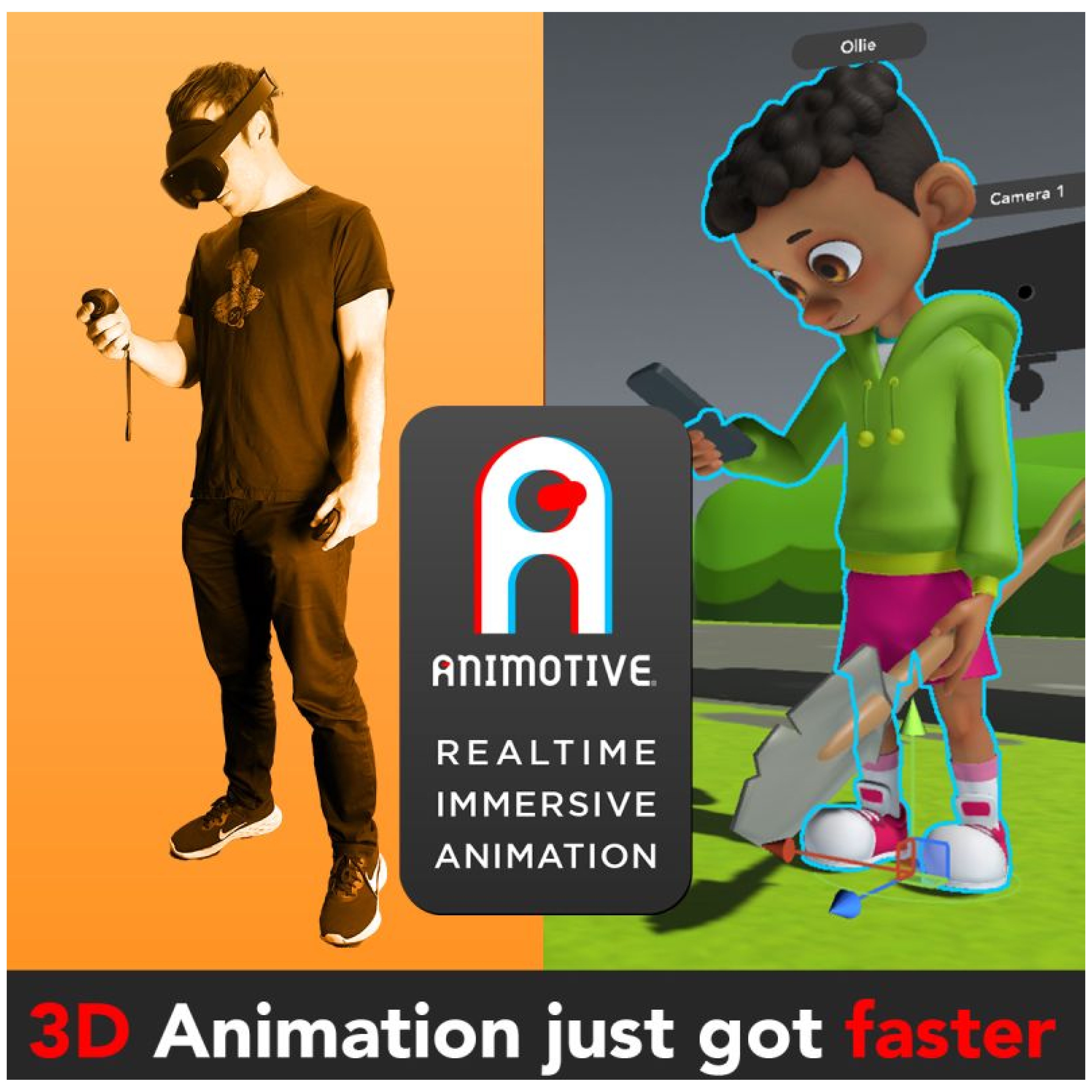
Animotive is a real-time immersive animation tool that allows users to create characters, animate them through VR and export the results quickly and easily.
Animators are able to collaborate remotely, enabling flexibility while creating projects. It’s being touted as a cost-effective solution to animation and a new way to join creative forces even when in different parts of the world.
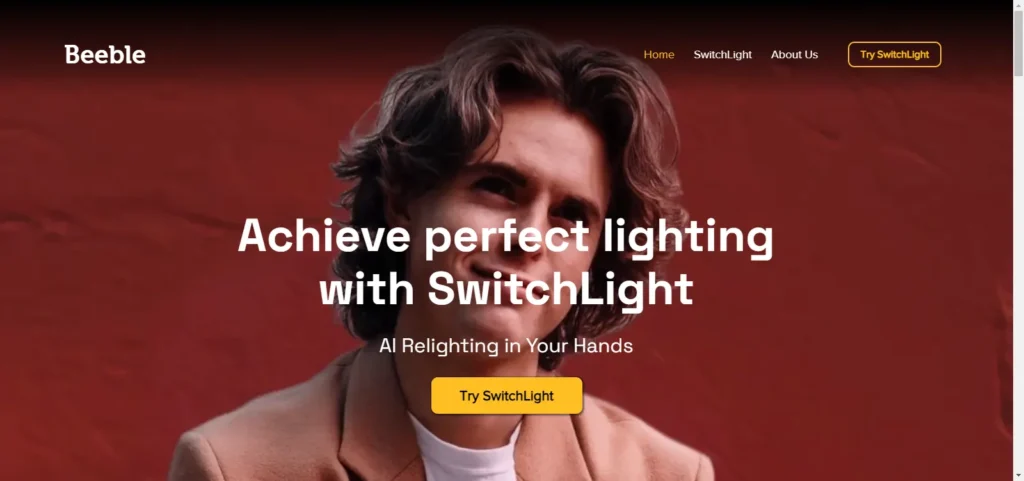
Switchlight, a new tool from Beeble.ai, unlocks the ability to edit lighting in videos. Creators are able to shoot on a green screen and then edit the lighting in post-production. It will blend AI into rendering, allowing users to relight their footage. It will also feature removal tools, as well as Blender and Unreal Engine plugins.
Switchlight has just launched, and, after a lot of industry buzz for the Beta, it will be exciting to see it in wider use.
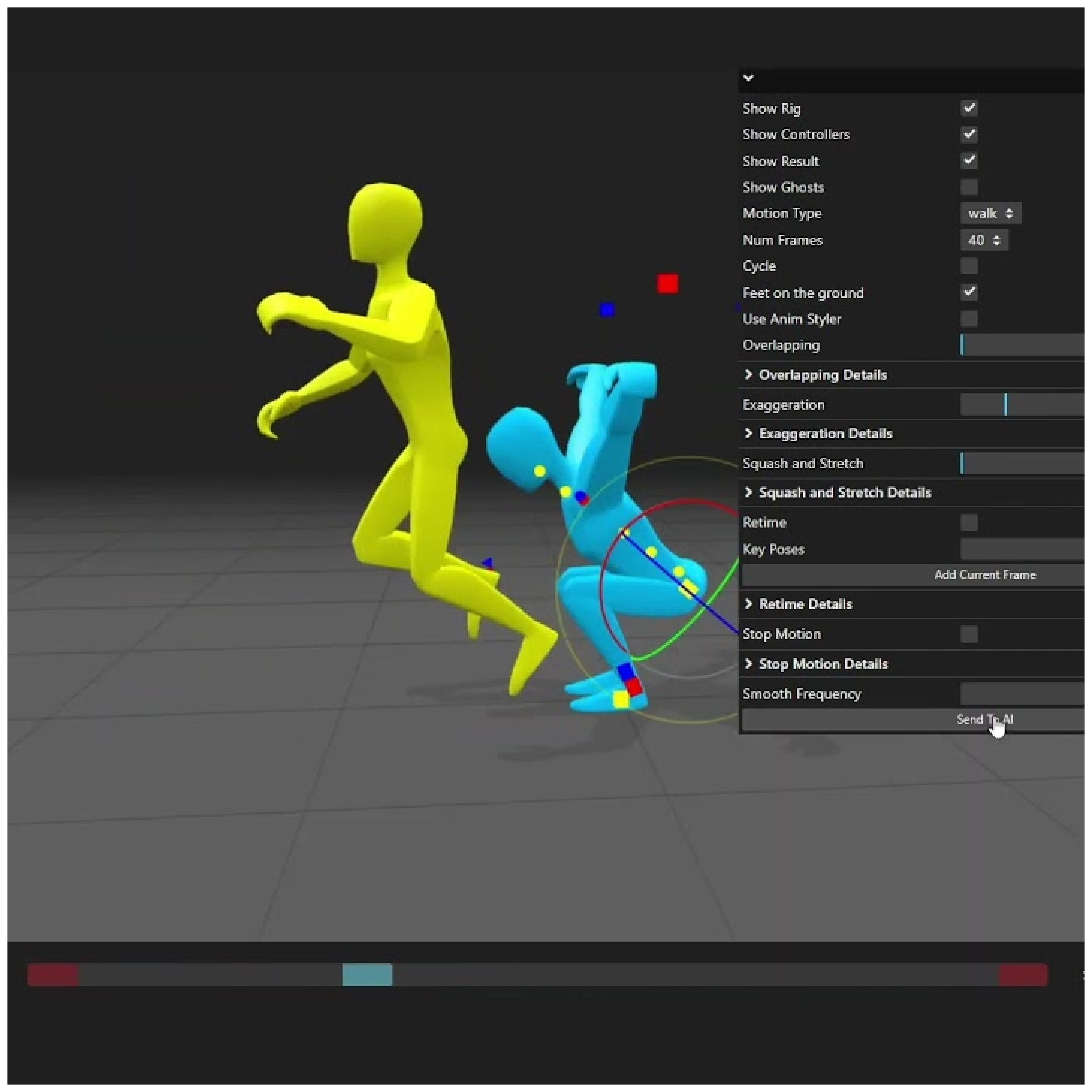
Aimator is an AI-powered tool that allows animators to significantly speed up the character animation process. The software consists of two main tools, the ‘Inbetweener’ and the ‘Anim Styler’. The former focuses on creating character animations based on selected key poses, while the latter achieves the same results by using motion capture data.
Aimator’s goal is to use generative AI to automate tasks that once took hours to complete, by adding the tool as a plugin to any other software. They’re not quite there yet, as it’s currently only available as a web-based tool. But watch this space as the company aims to launch their Beta version in the near future.
DNEG acquires Ziva license from Unity
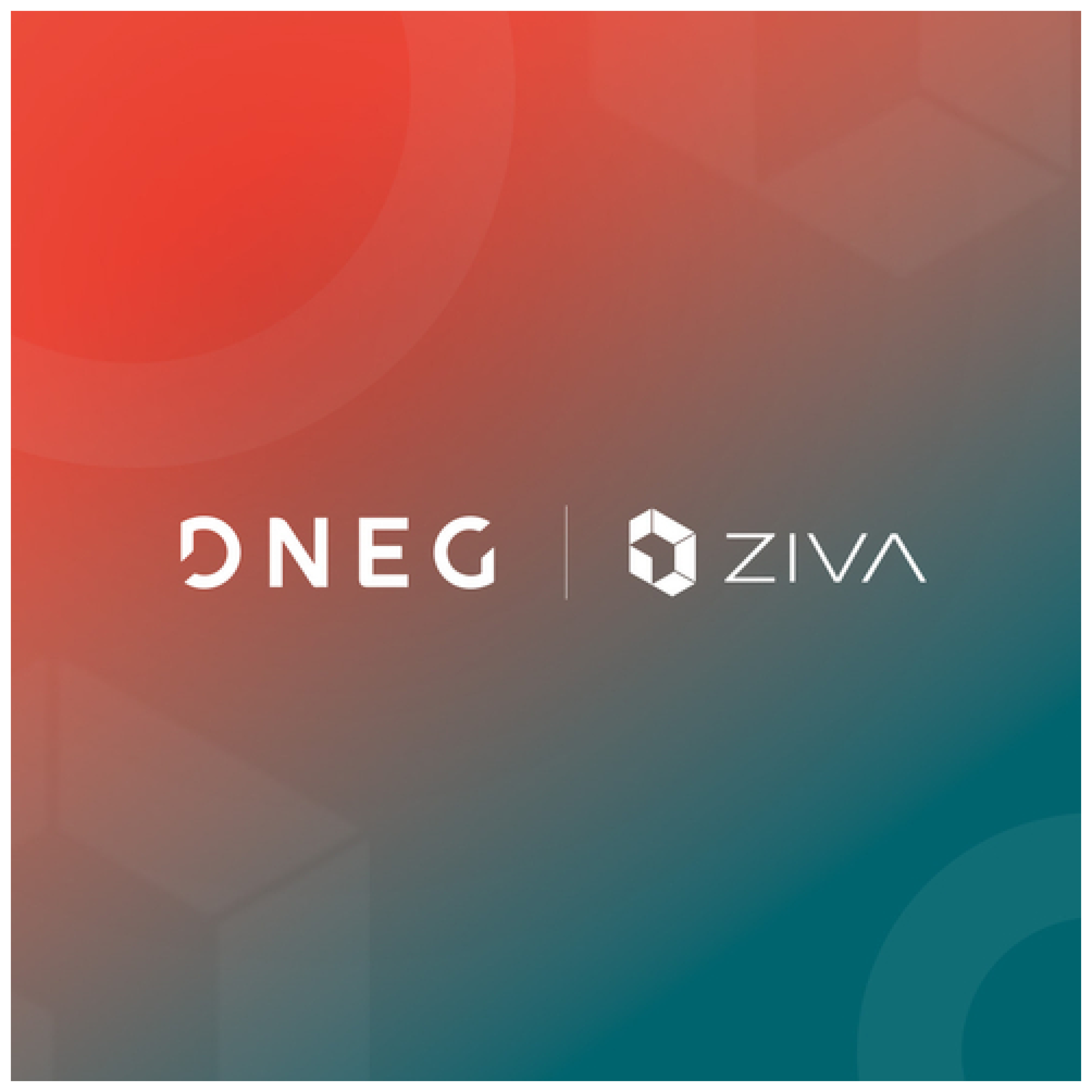
VFX and animation studio DNEG have acquired an exclusive licence to use Ziva from the real-time development platform Unity. Offering an impressive toolset for digitally creating characters, Ziva will no doubt play a key role in artists being able to craft even more realism into their projects.
DNEG and Ziva have a long collaborative history, as the two companies have already worked together on numerous projects like Venom, Lord of the Rings: The Rings of Power, and Aquaman and the Lost Kingdom.
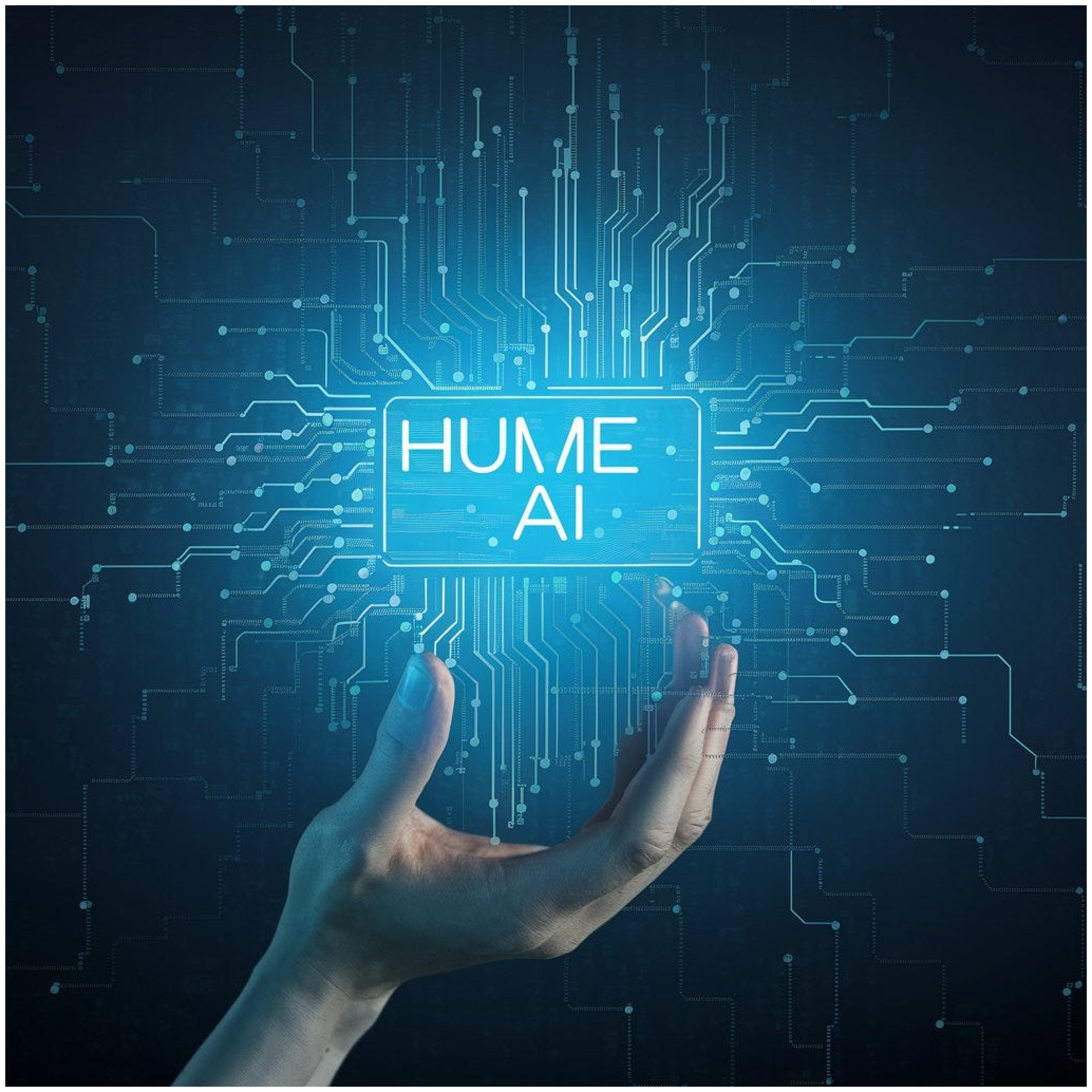
Voice AI tools are increasingly commonplace in our daily lives. Most of us will interact with Amazon’s Alexa or Apple’s Siri on a regular basis. However, these tools are often criticised for an inability to express emotions or interpret a user’s current state of mind. That is the main reason why AI still hasn’t been incorporated into certain customer service settings.
However, Hume AI is aiming to transform this by being one of the first AI chatbots with emotional intelligence. Founded in 2021 by Alan Cowen Hume has been programmed to understand a variety of emotions, such as frustration and joy. It is able to understand the speaker’s tone of voice and respond appropriately, even incorporating sarcasm and jokes into the responses.
Our take
AI continues to dominate new tech releases across the creative industries and we’re seeing impressive new tools coming into play across the animation and VFX industry.
Stay tuned for more updates on top tech in the coming months. In the meantime, you can check out other Grammatik blogs!
March 2024
With 2024 already shaping up to be a year of fast-evolving AI, VR, and AR tech, we take a dive into the top 5 tech releases that have caught our eye. From the first virtual production tool that runs on Gen-AI to ‘Disney’s HoloTile Floor’, the year has already turned heads with a procession of eye-catching-innovations.
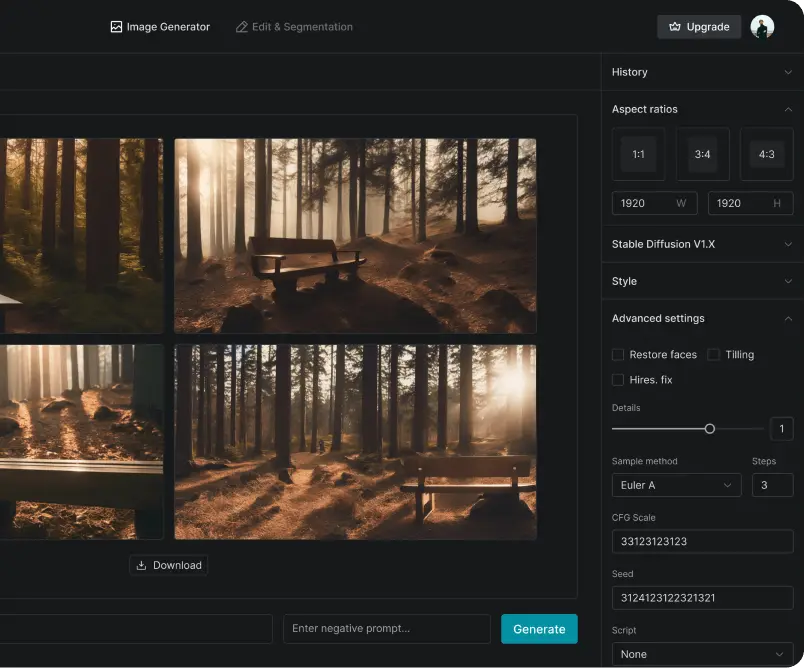
Will Cuebric’s advanced AI tools be a game changer for the cinematic and creative industries?
Crafting immersive 2.5D cinematic environments is now faster and easier thanks to Cuebric and its AI tools. From image generation to image segmentation, superscaling and image inpainting, you can go from concept to camera in minutes. Many have referred to the technology as a breakthrough, especially for studios. Just imagine a director having the ability to change between environments or times of the day at the touch of a button. And then seeing in real-time through the camera exactly how it would look. The Cuebric technology is definitely going to be an exciting one to keep an eye on.
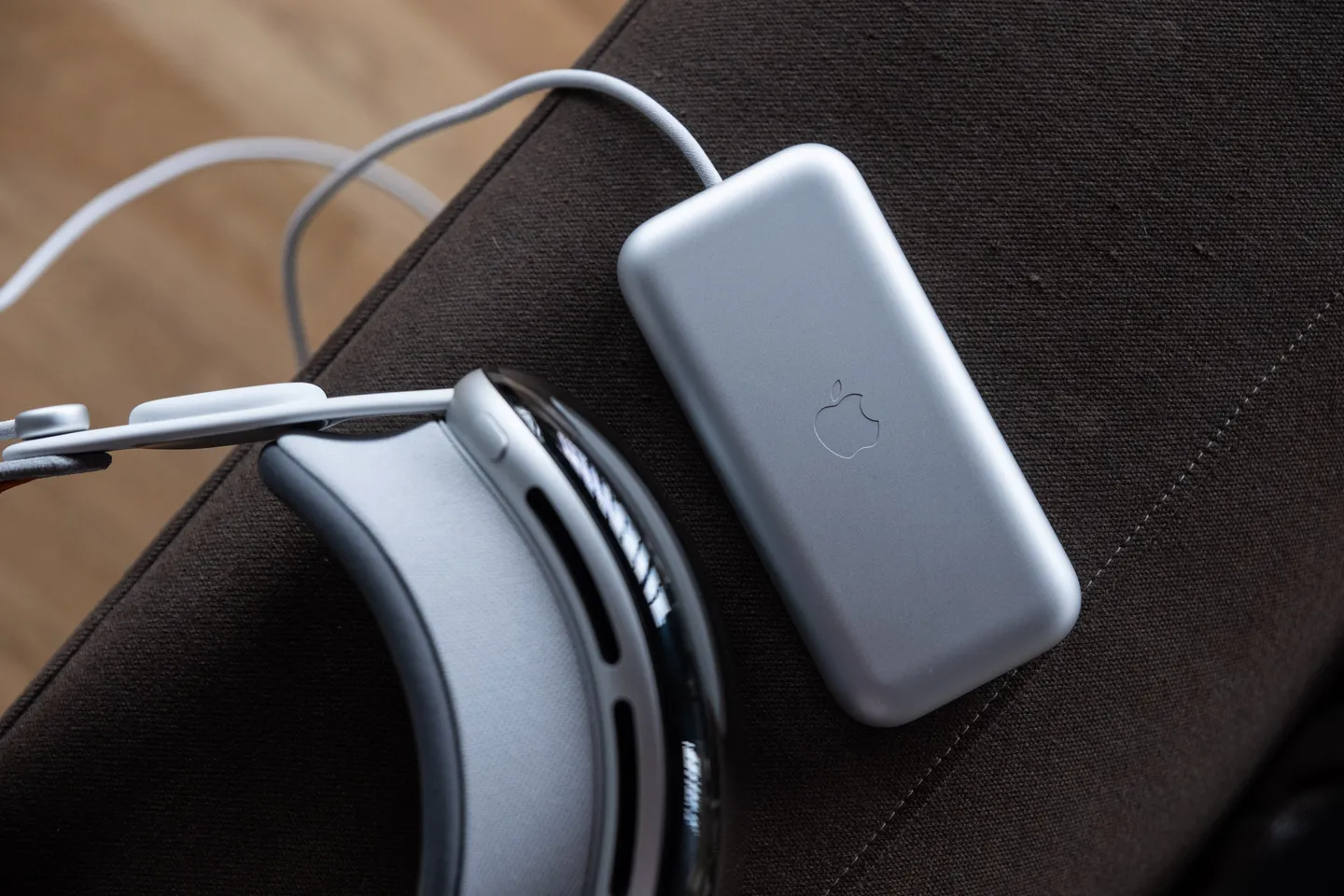
It’s already generated much debate and interest in the tech space and beyond. But will the Vision Pro herald a new dawn of ‘spatial computing’? The jury is still out and the reception has been mixed. Either way, we’re excited to see how the tech evolves and hope it helps open up this space to industry and consumers alike.
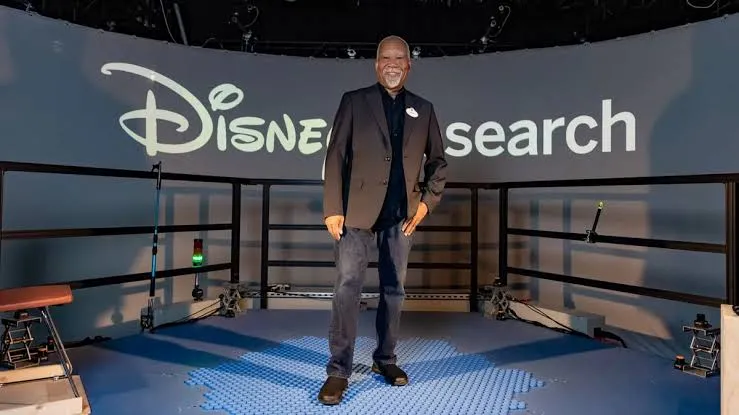
Lanny Smoot, a Disney Imagineer, will be the first Disney employee – besides Walt himself – to be inducted into the National Inventors Hall of Fame. Why such an accolade? Well, Lanny’s latest project for Disney brings VR to a whole new level. The HoloTile Floor is described by Disney as the “world’s first multi-person, omni-directional, modular, expandable, treadmill floor.” If you’ve seen the movie Ready Player One, we are essentially living the tech advancements of that.
The floor itself, which is made up of many micro tiles, not only helps elevate the experience of VR and real-time movement – minus the dangers of walking into things – but allows a player to walk any distance without actually moving from the centre of the floor. But its capabilities don’t stop there. Not only does it give players the freedom to walk around endlessly without moving from the spot they’re in, but actually helps to move objects too.
The possibilities the Disney HoloTile Floor brings to the cinematic industry are endless, and we’re beyond excited to see how this plays a part in gaming and content creation going forward.
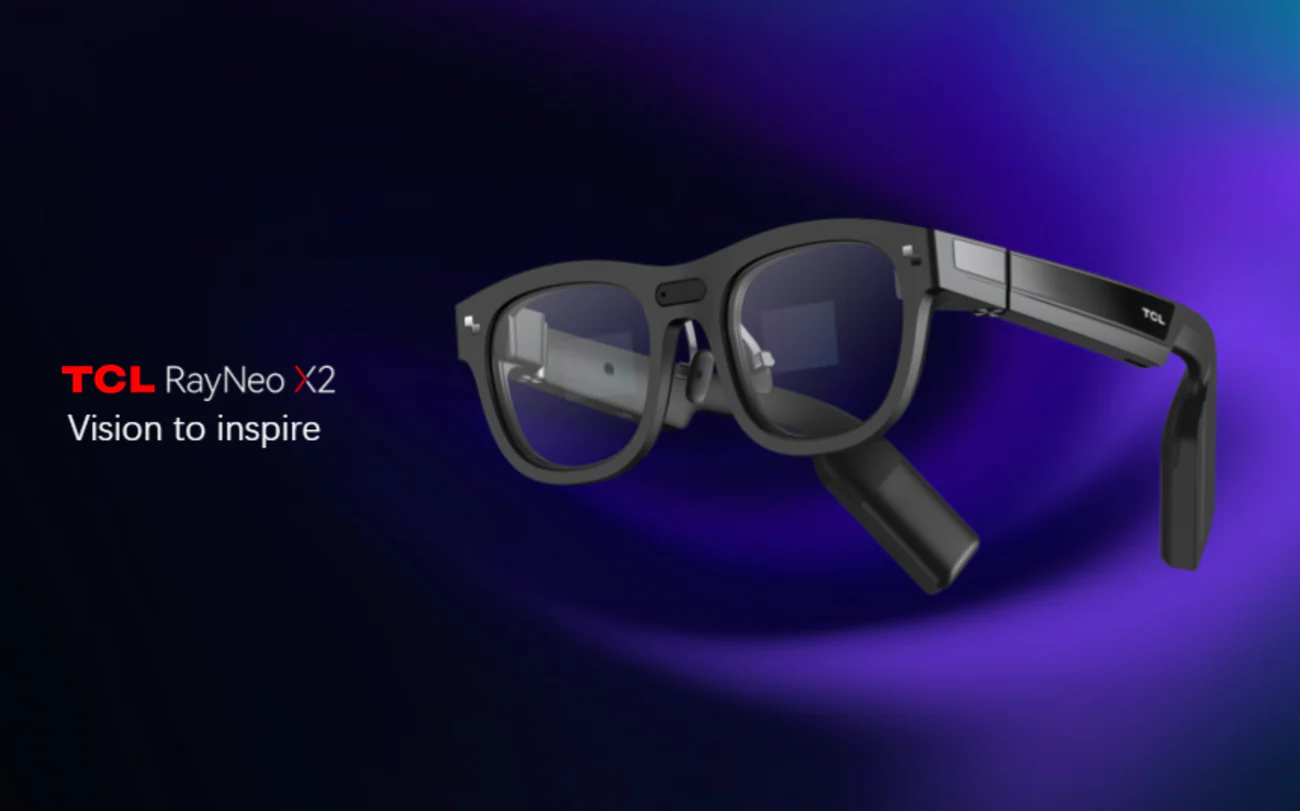
The drive to really nail AR glasses continues. Snapchat’s release of the ‘Spectacles’ back in 2016 didn’t take off the way they hoped, so the goal to make AR glasses functional has continued.
The TCL RayNeo X2 AR glasses are not only designed to enhance your everyday communications and activities but are also a perfect use for education, gaming, entertainment, and training, with a variety of applications for any and everyone.
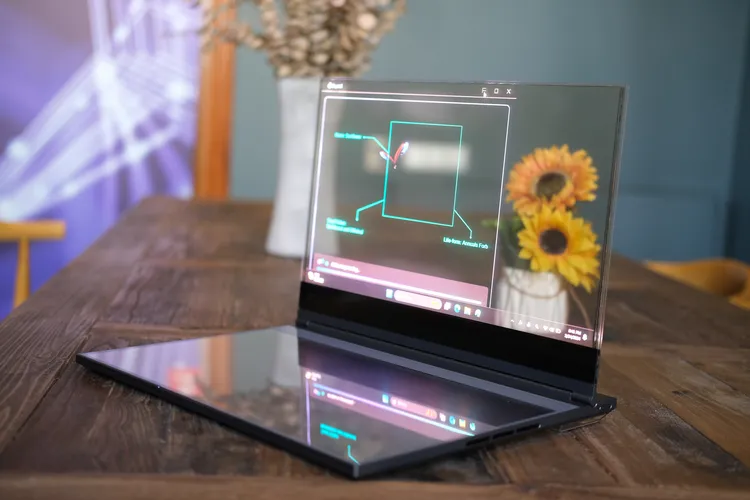
What previously seemed a bit sci-fi has turned into a reality with Lenovo’s new release. A year after the computing giant showed off its R&D capabilities with the rollable laptop with an extendable screen, Lenovo has developed a 17.3-inch transparent display laptop. It’s a screen you can peer straight through. Its MicroLED display is the key highlight of this, as it offers 55% transparency when off, and when the pixels light up, it becomes fully opaque.
But what’s the benefit?
Developers explained that its main audience is digital artists, giving them the ability to see the world behind the laptop’s screen while sketching it on its lower half. Lenovo’s Executive Director, Tom Butler has gone as far as to say that the transparent laptop is a form of augmented reality.
Our verdict
It’s clear that AI will be at the heart of a lot of the new tech appearing in 2024. Alongside AI, Augmented Reality seems to also be creeping up the ranks this year as many new technologies will be centred around AR developments and many projections for mixed reality multi-sensory technology and so much more. We’ll be keeping a regular eye on what’s new and noteworthy as they come online.
Working on a new piece of impressive tech in 2024 that you want us to talk about? Get in touch below!
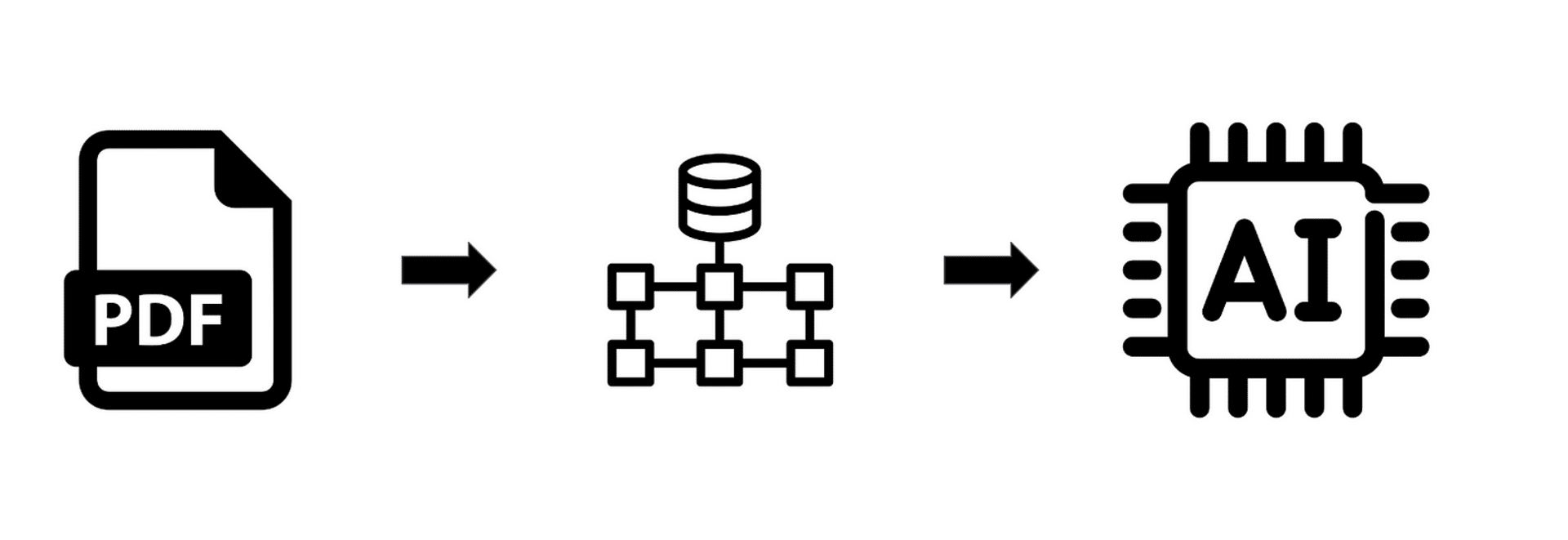
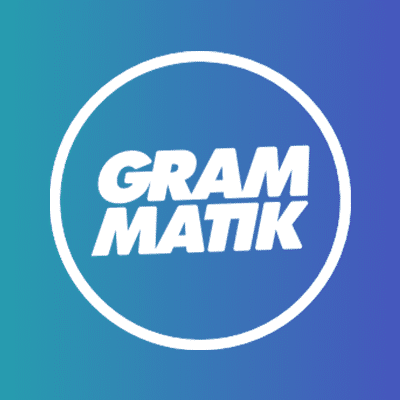
©️2024 Grammatik Agency, Second Home, 125–127 Mare St, London E8 3SJ.
[email protected]
+44 (0)20 3950 7057 Privacy policy